
Common Mistakes Exporters Make and How to Avoid Them
Common Mistakes Exporters Make and How to Avoid Them: Step-by-Step Guide
Exporting is rewarding — but small mistakes can be expensive. This practical, step-by-step guide highlights the most common exporter errors and shows exactly how to prevent each one so you ship on time, keep customers happy, and protect margins.
Quick summary — top areas to watch
Documentation, Incoterms, pricing & costing, payment terms, buyer vetting, packaging & labeling, customs classification (HS code), logistics planning, compliance & certifications, and poor communication.
Step-by-step: Common mistakes & how to avoid them
1. Mistake — Incomplete or incorrect documentation
Why it costs you: Customs delays, fines, returned shipments.
How to avoid (step-by-step):
- Create a standard export documentation checklist (commercial invoice, packing list, B/L or AWB, certificate of origin, invoice copies, insurance certificate, licenses).
- Confirm document requirements with buyer, freight forwarder and customs broker before shipment.
- Run a pre-shipment audit — cross-check HS codes, values, and Incoterms against the sales contract.
- Digitize templates and store signed copies for quick retrieval.
2. Mistake — Wrong Incoterms or unclear contract terms
Why it costs you: Misunderstood responsibilities, surprise costs, disputes over who pays for transport/insurance.
How to avoid:
- Choose the Incoterm that matches your control and risk appetite (e.g., FOB if buyer handles freight; CIF if you include freight/insurance).
- Spell out delivery point, responsibilities, and who handles customs and insurance in the contract.
- Use the latest Incoterms edition and include them by name (e.g., “FOB Mumbai, Incoterms® 2020”).
3. Mistake — Underestimating landed cost & wrong pricing
Why it costs you: Quotes that kill margins or lose bids; unexpected duties/fees.
How to avoid:
- Build a landed-cost template: product cost + packing + inland freight + export fees + freight + insurance + duties + clearance + inland delivery + taxes + bank charges.
- Update freight and FX rates before quoting; add a buffer for surcharges and currency swings.
- Decide whether to price CIF/DDP/FOB and ensure margin covers all costs and contingencies.
4. Mistake — Poor buyer vetting
Why it costs you: Non-payment, fraud, chargebacks, long collections.
How to avoid:
- Run basic checks: company registration, trade references, credit reports or chamber of commerce verification.
- Request references and small initial orders, or use escrow/advance payments for new buyers.
- Consider using trade credit insurance for higher-risk counterparties.
5. Mistake — Inadequate packaging & labelling
Why it costs you: Damaged goods, claims, rework, rejected consignments.
How to avoid:
- Match packaging to mode (sea/air) and product fragility — palletize, cushion, and secure items.
- Follow ISPM-15 for wood packaging; use moisture protection for sensitive goods.
- Apply clear handling labels, markings, and include product & destination info on each package.
6. Mistake — Incorrect HS code / customs valuation
Why it costs you: Overpaying duties or customs fines.
How to avoid:
- Confirm HS code with supplier, customs broker, or national tariff database.
- Document the basis for valuation (invoice, shipment terms) and keep valuation evidence for audits.
- Where ambiguous, ask customs rulings or use a customs consultant.
7. Mistake — Weak payment terms
Why it costs you: Cash-flow problems, late payments, bad debt.
How to avoid:
- Choose payment methods that suit the risk: advance payment, confirmed LC, escrow for unknown buyers; open account for trusted buyers with insurance.
- Include clear payment milestones, penalties for late payment and currency specs in the contract.
- Use invoicing software, automated reminders, and consider factoring for receivables.
8. Mistake — Poor logistics planning & booking late
Why it costs you: Expensive rush freight, missed windows, demurrage charges.
How to avoid:
- Plan lead times and book freight early; have backup carriers.
- Build a logistics calendar tied to production and shipping milestones.
- Negotiate flexible contracts with freight forwarders that include contingency handling.
9. Mistake — Non-compliance with regulations & certifications
Why it costs you: Seizures, recalls, market bans.
How to avoid:
- Identify regulatory requirements for the destination (FSSAI, FDA, CE, organic, etc.) before exporting.
- Obtain required certificates and keep copies accessible.
- Run pre-shipment inspections and retain testing reports where required.
10. Mistake — Poor communication & after-sales support
Why it costs you: Lost customers, disputes, bad reviews.
How to avoid:
- Communicate shipping milestones and tracking proactively to buyers.
- Respond quickly to issues and have escalation points (freight forwarder, customs broker).
- Document agreed service levels in the contract and follow up after delivery.
10-Point Exporter Checklist (Quick)
- Document checklist completed and pre-shipment audit passed.
- Incoterm and contract terms clear and written.
- Landed cost computed and margin verified.
- Buyer vetted and payment method secured.
- Packing & ISPM-15 (if wood) compliant.
- HS code and duty confirmed.
- Freight space booked and insurance arranged.
- Regulatory certificates obtained.
- Tracking and notifications set up for buyer.
- Contingency plan for delays/damage in place.
Action Plan — First 7 Days Before Shipment
- Day 1: Confirm contract terms, Incoterm, and payment milestones.
- Day 2: Run buyer checks and secure payment/LC/escrow if needed.
- Day 3: Finalize packing specs & book packaging materials.
- Day 4: Calculate landed cost and confirm price/margins.
- Day 5: Book freight and confirm pickup date.
- Day 6: Complete documentation and run pre-shipment audit.
- Day 7: Send tracking and shipping notice to buyer; confirm insurance.
Common Dispute Scenarios & Fast Remedies
- Missing document at destination: Provide scanned copies, expedite courier, and notify broker; learn and update checklist.
- Damaged goods claim: Keep photos, inspection reports, notify insurer and freight forwarder immediately.
- Buyer delays payment: Trigger agreed penalties, escalate to bank (LC) or use collections/factoring.
Conclusion
Most export mistakes are avoidable with simple systems: checklists, clear contracts, accurate costing, and good communication. Make the 10-point checklist a mandatory step in your export SOP — it will save time, money, and reputation.
Need this as a downloadable checklist or a customized SOP for your product? I can convert the checklist into a printable PDF or build a reusable landed-cost spreadsheet you can use for every shipment.






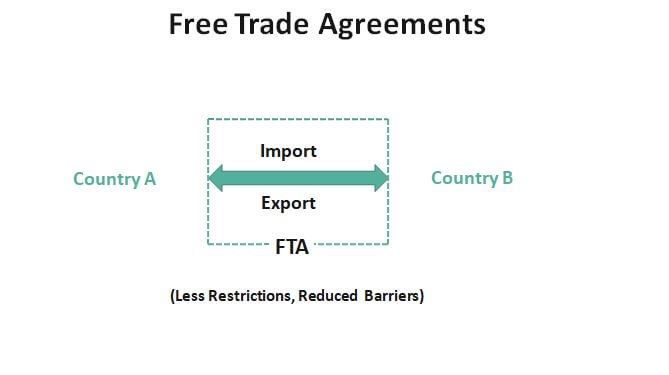
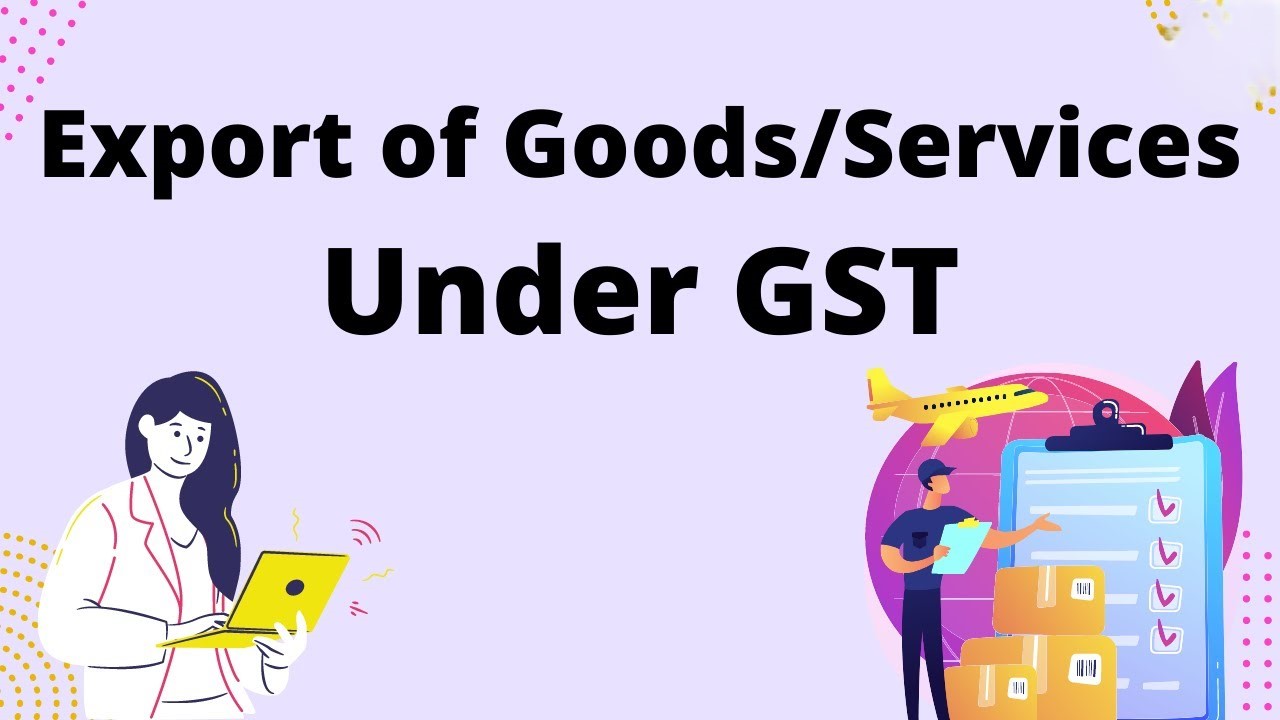
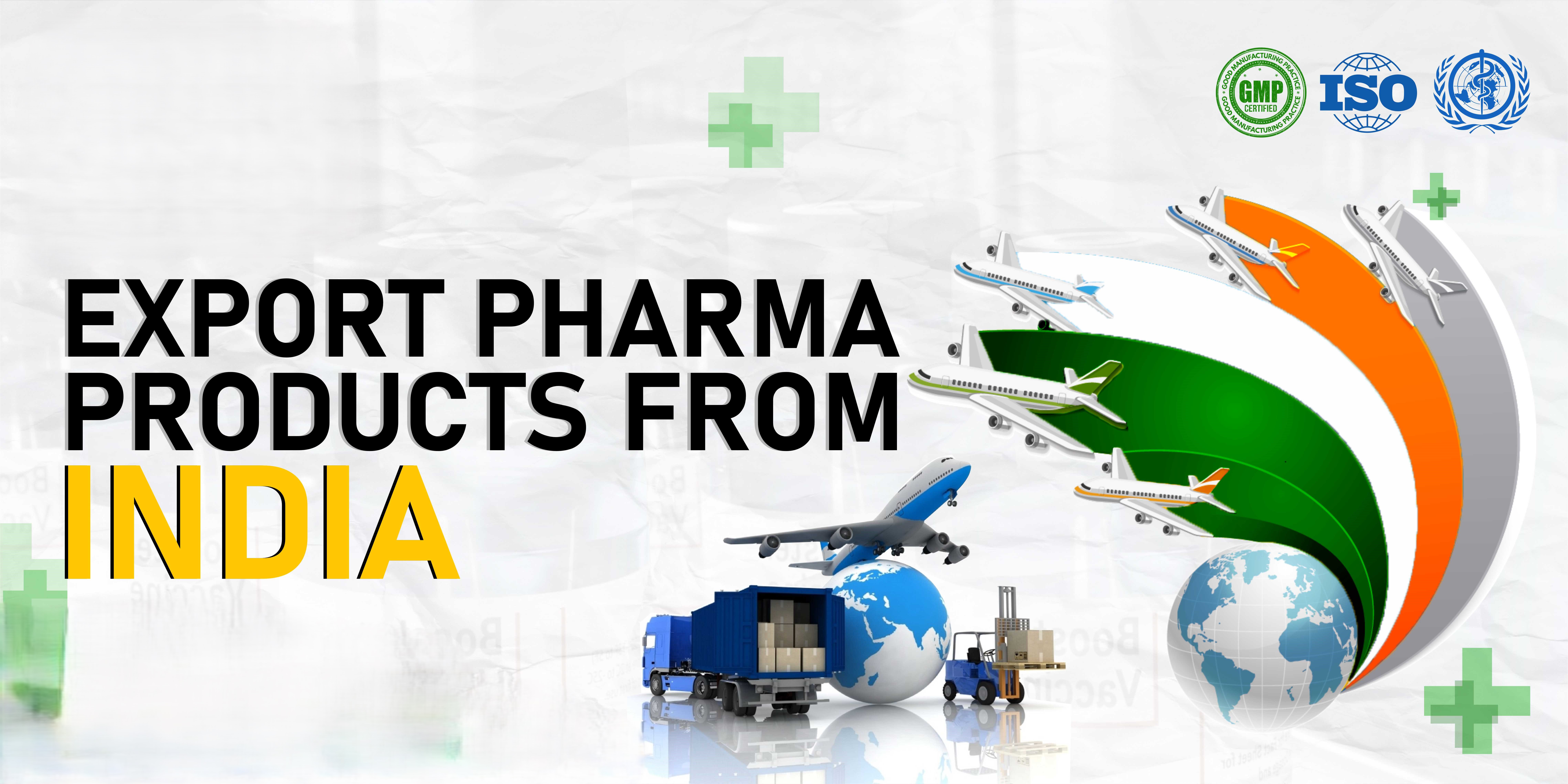
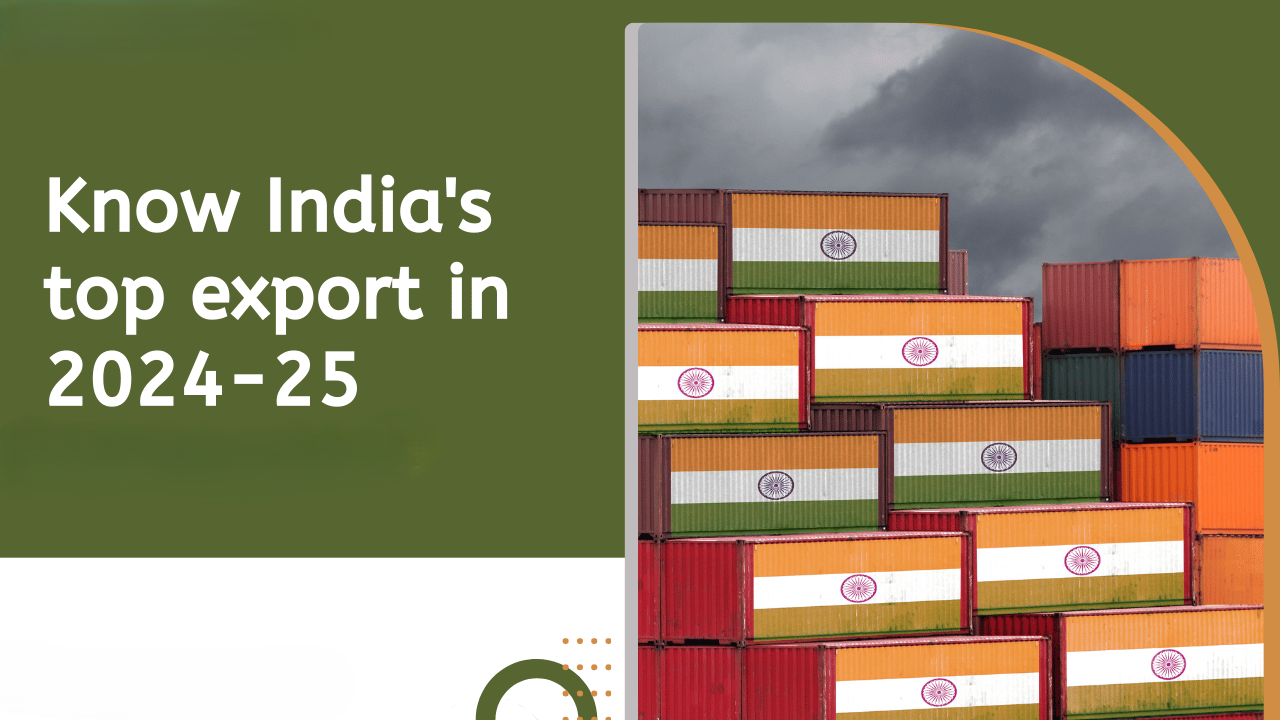
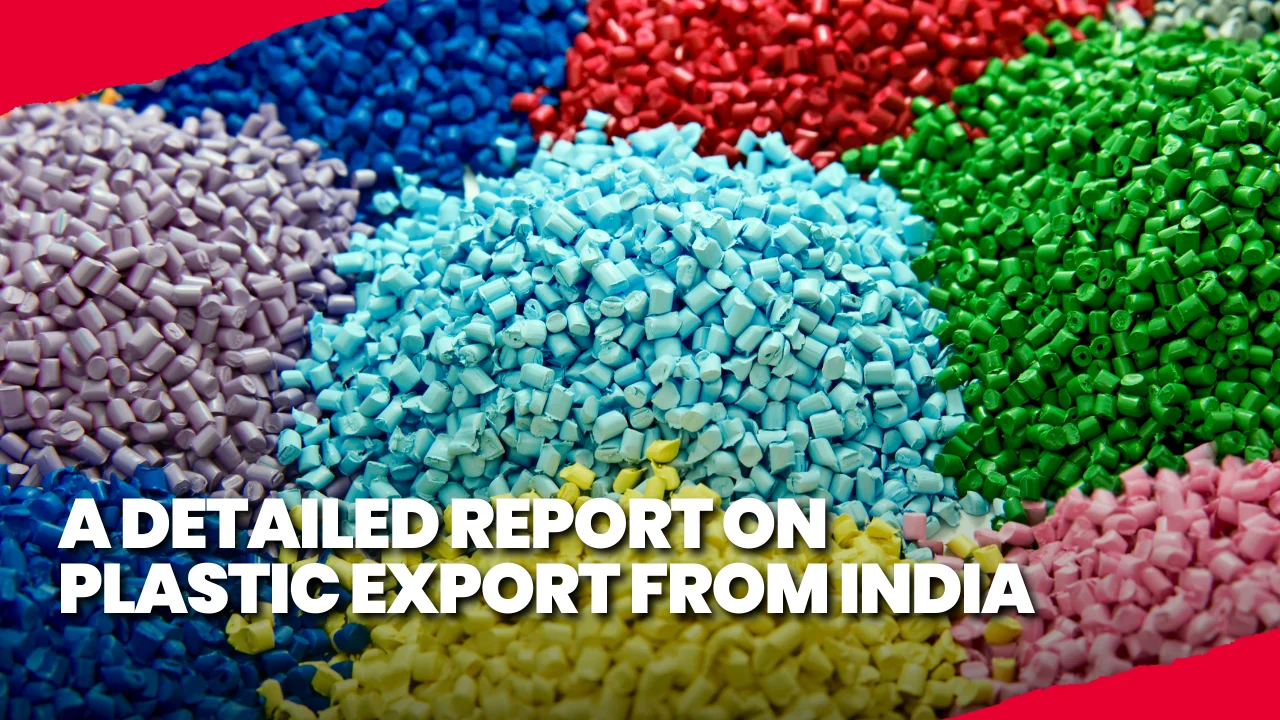


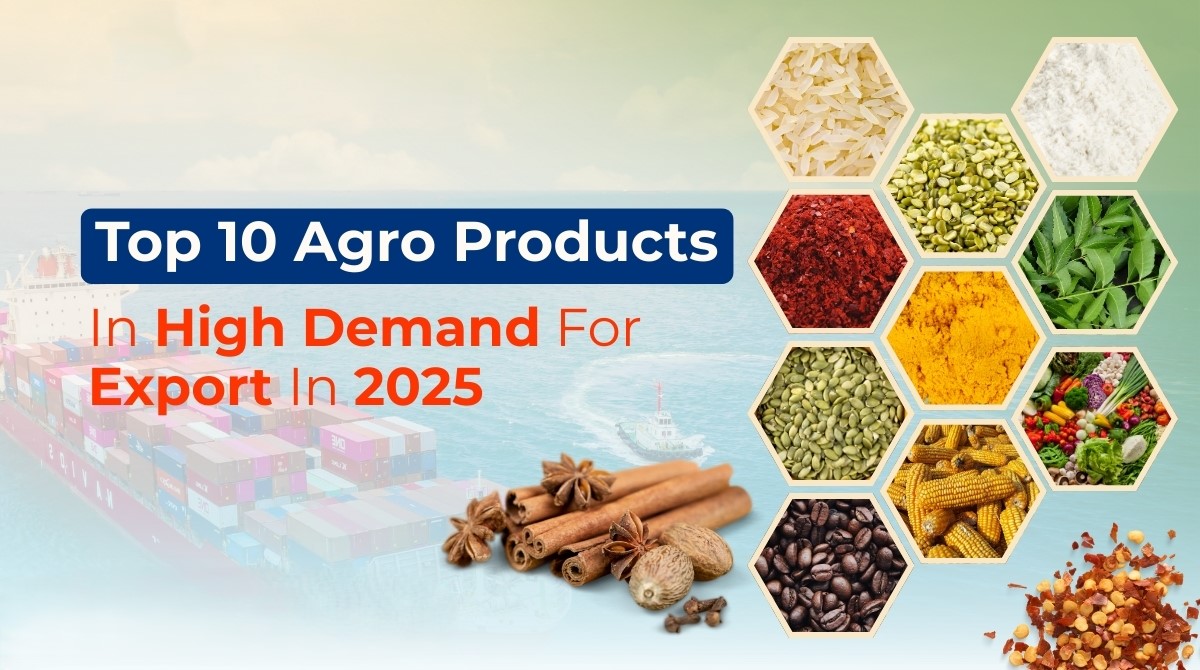
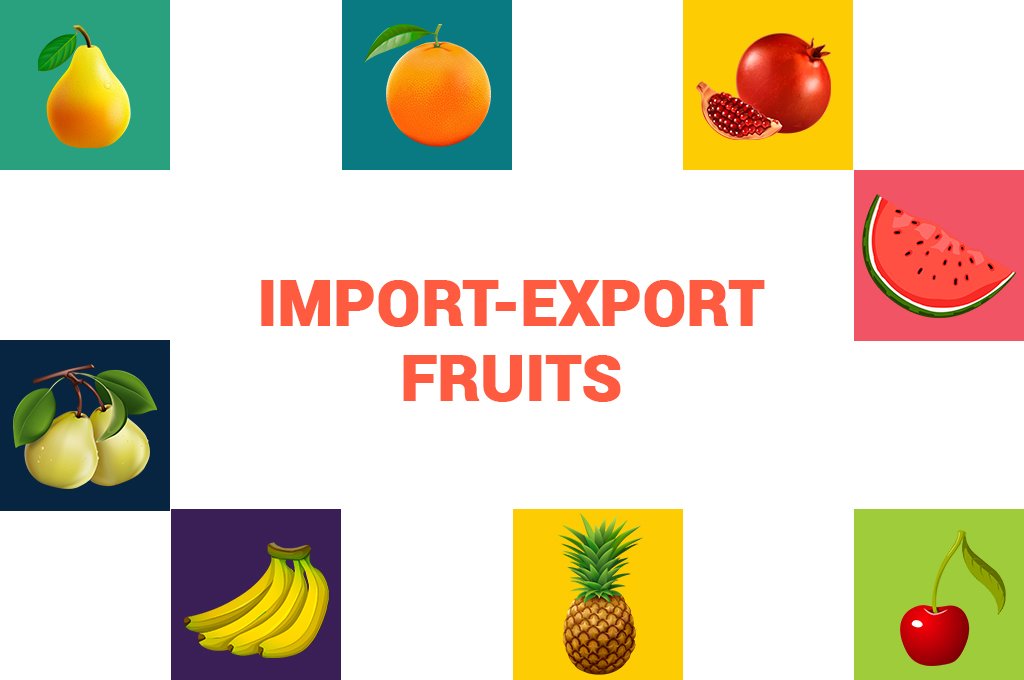







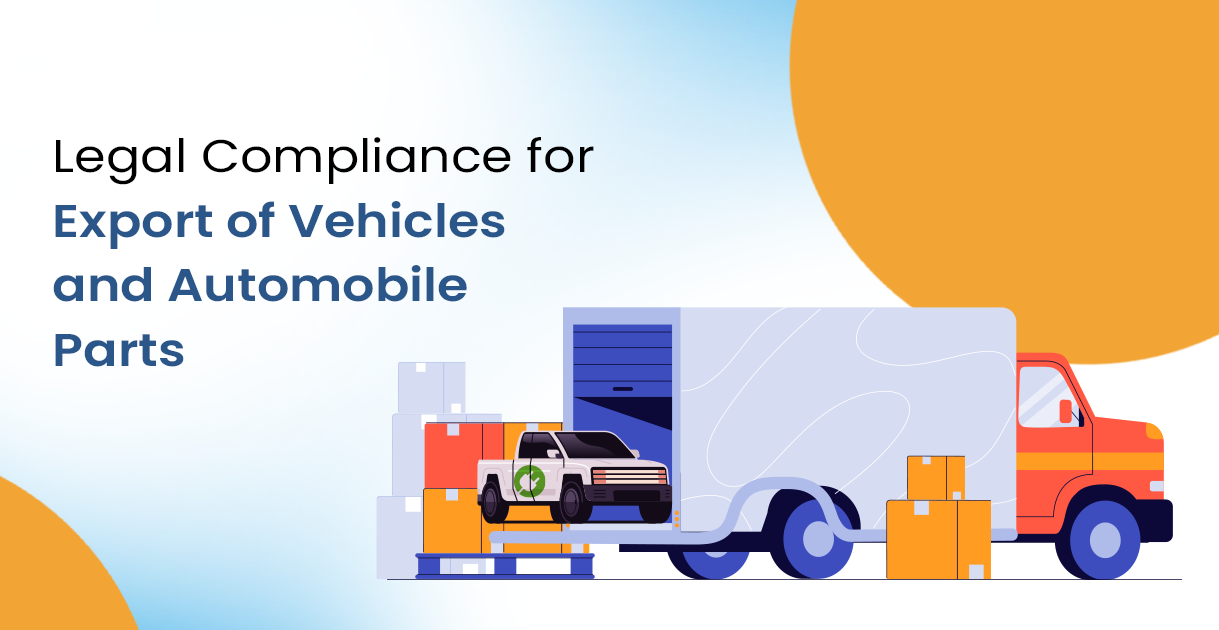
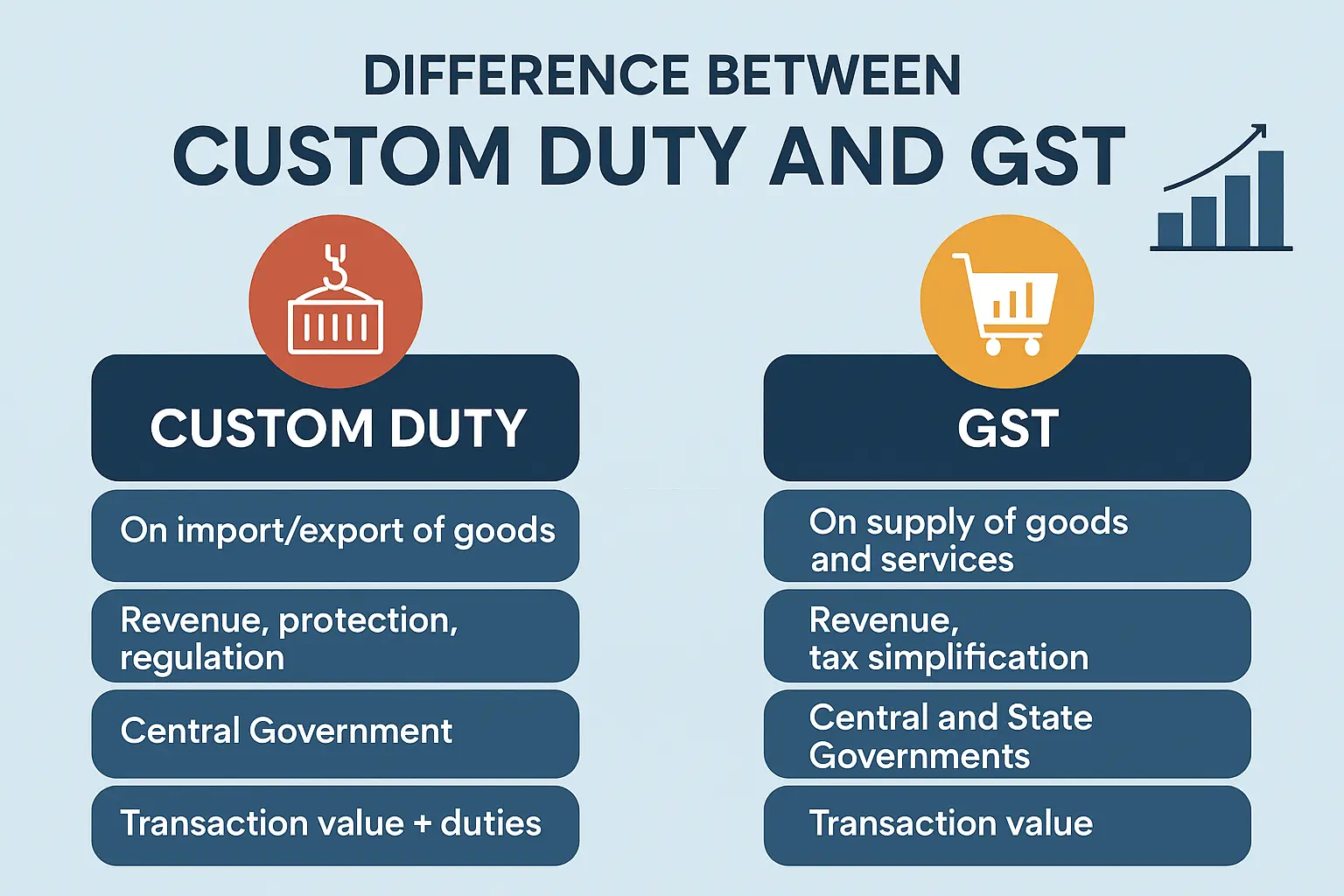
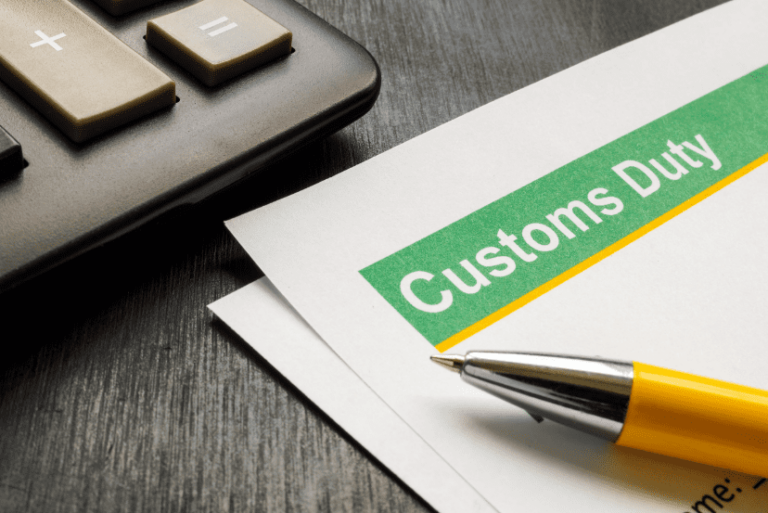
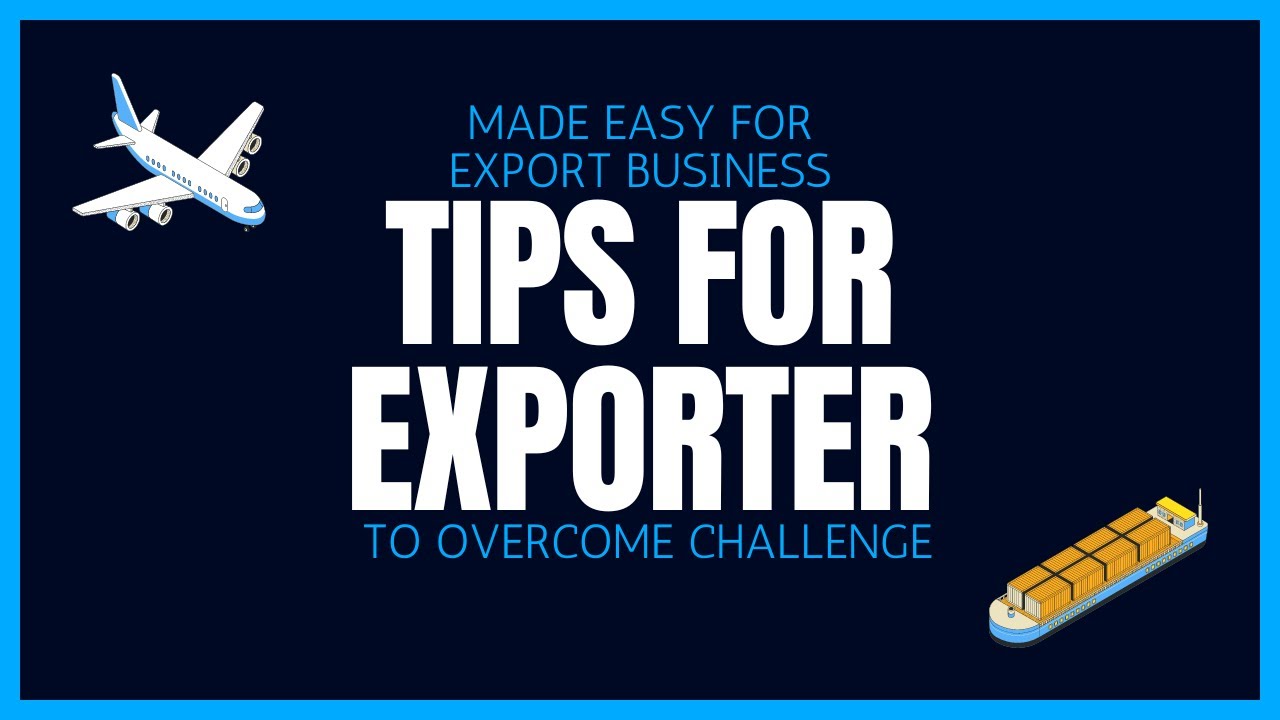
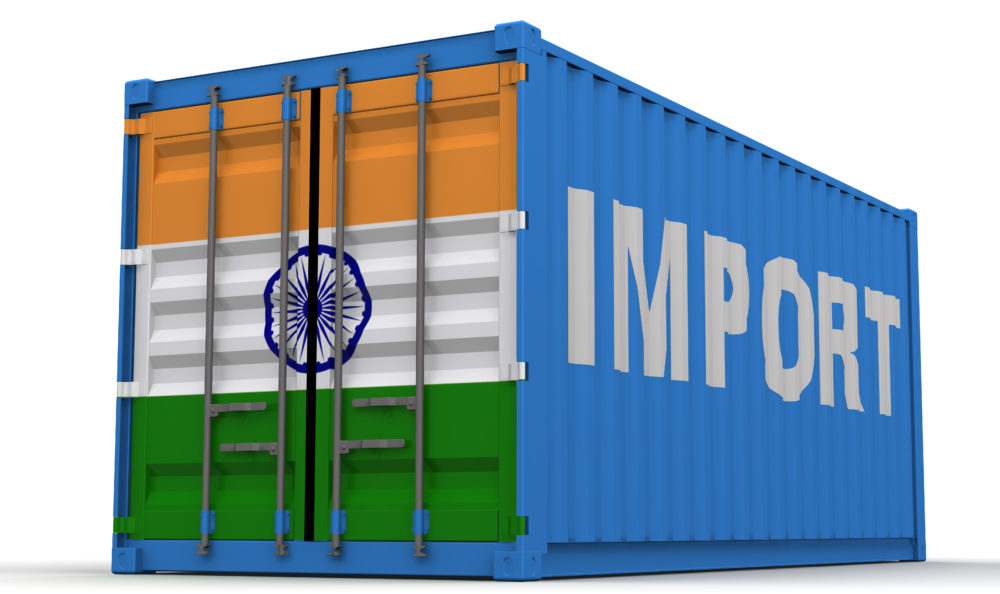
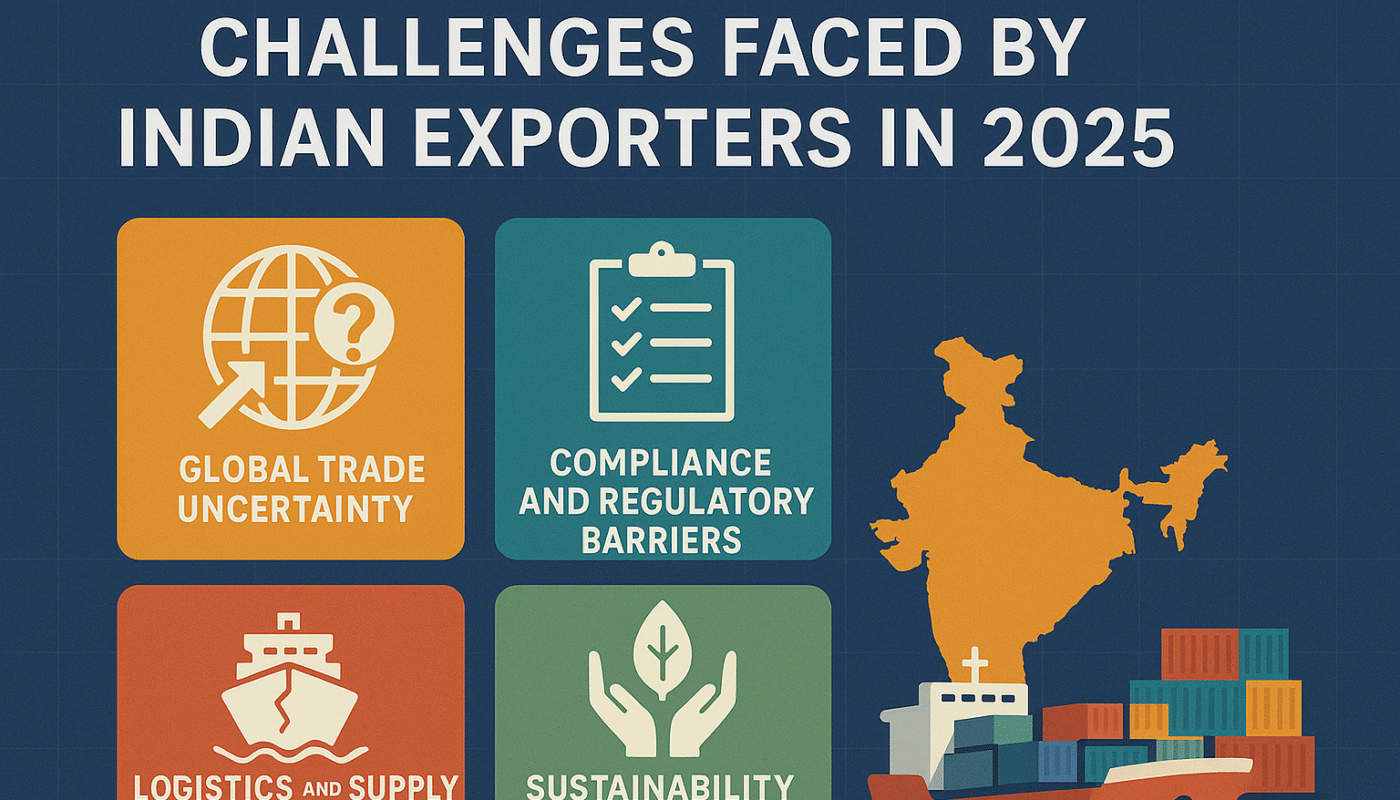


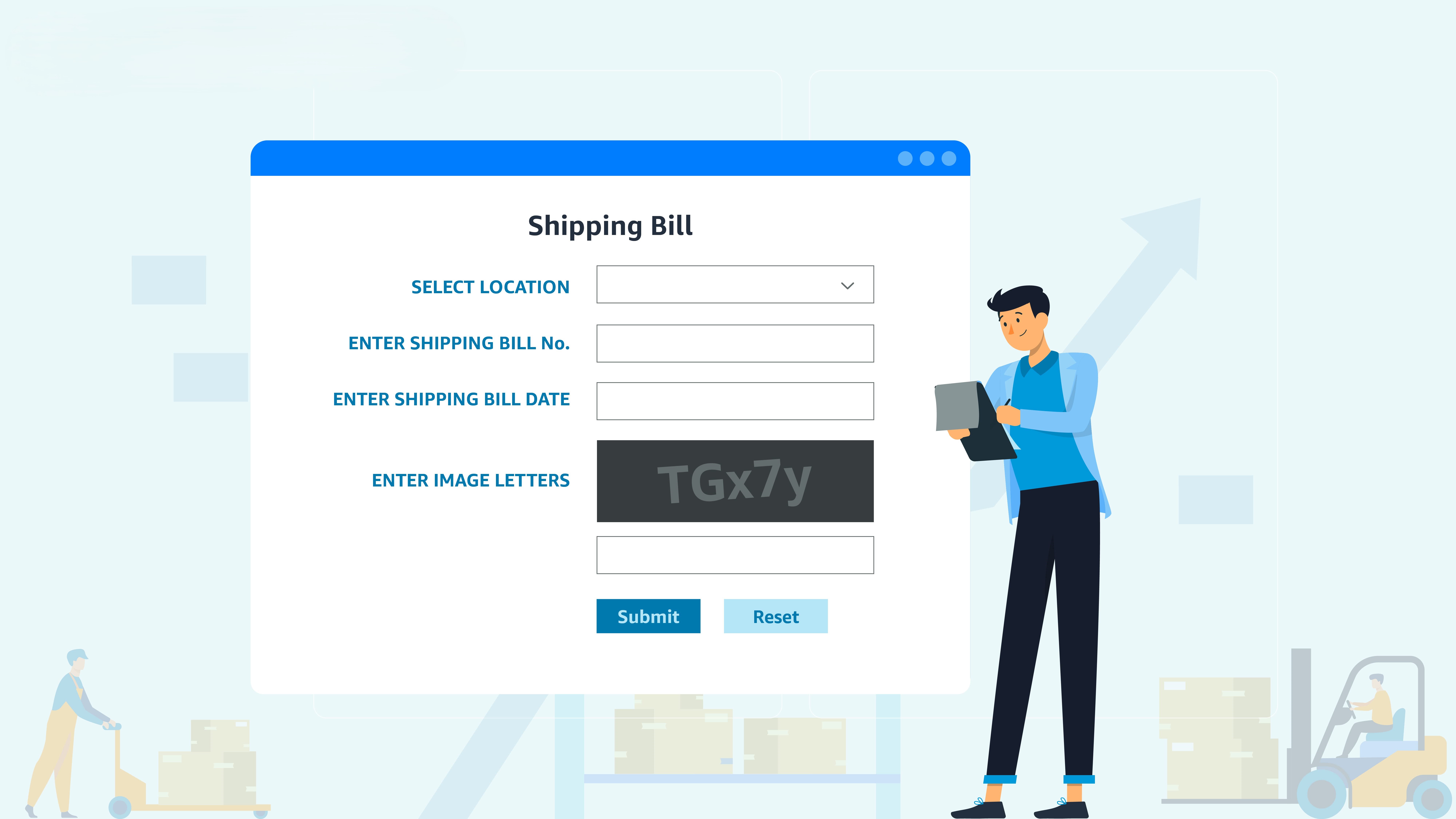
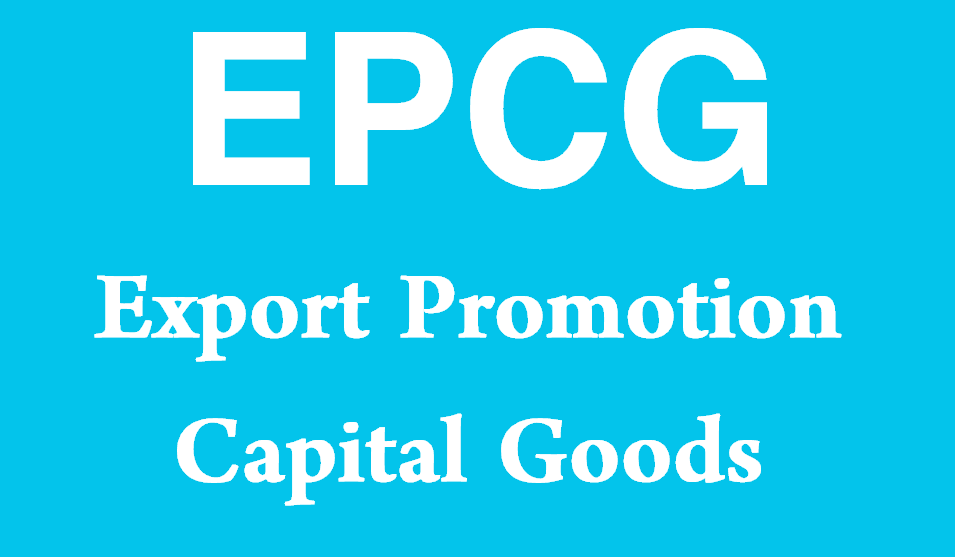
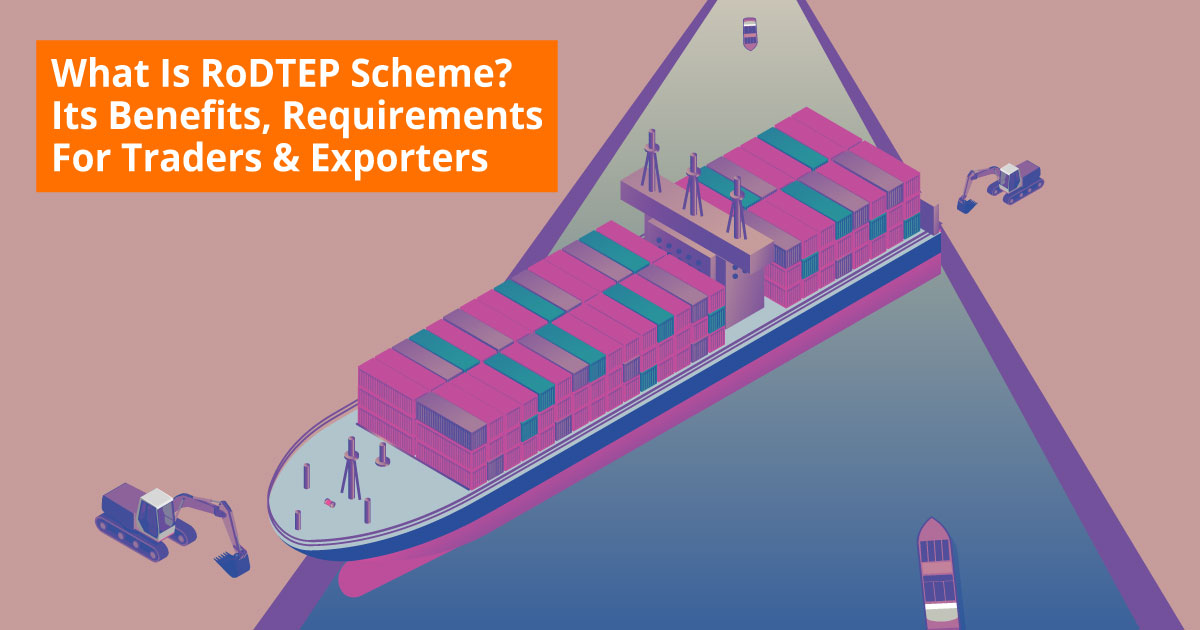
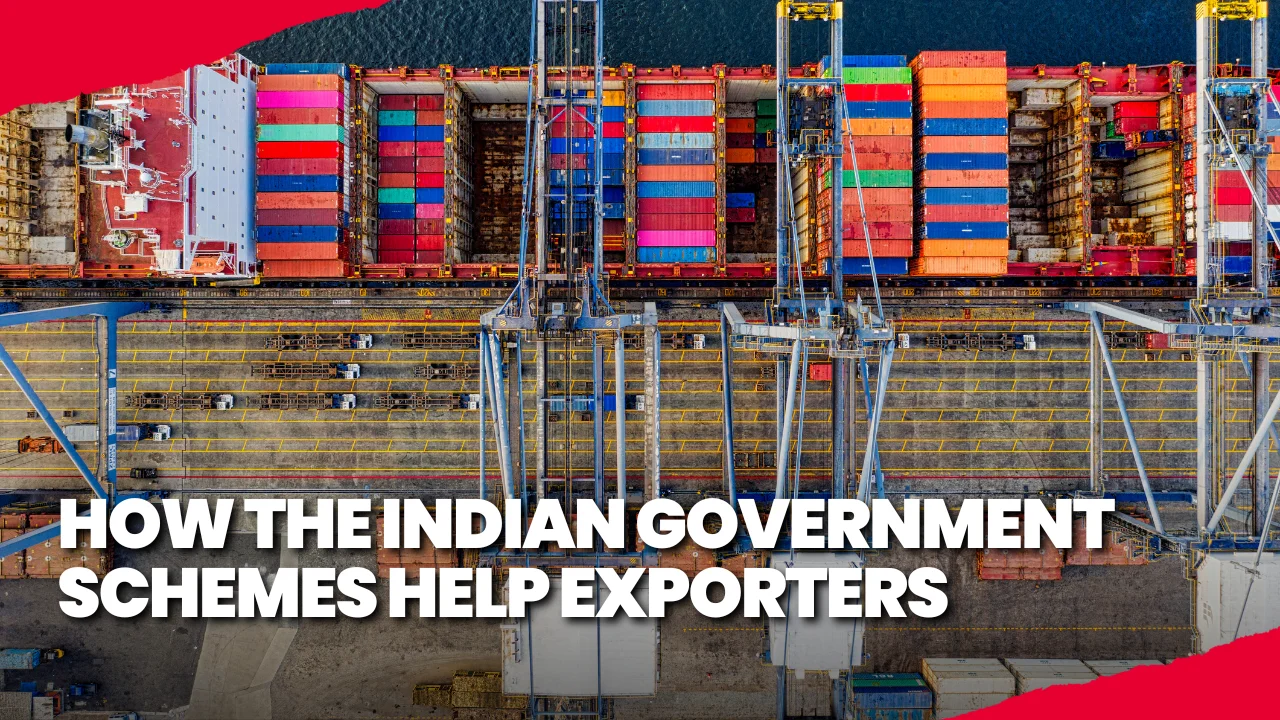
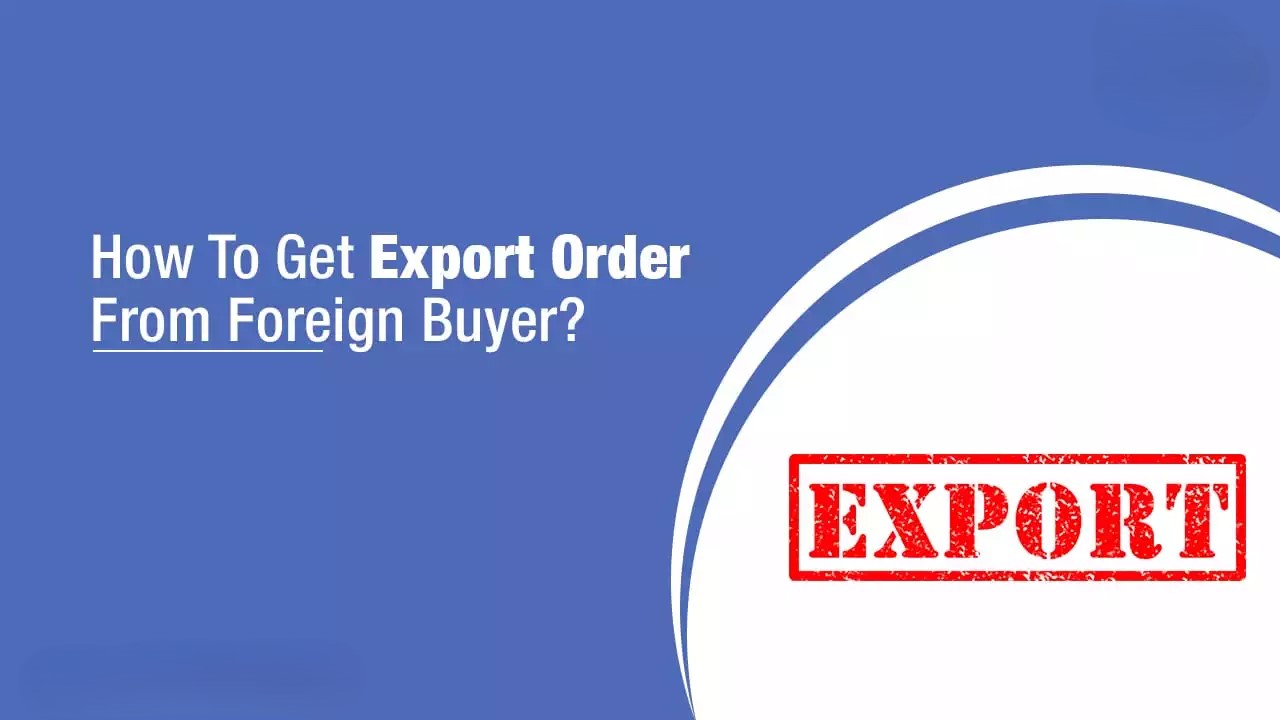




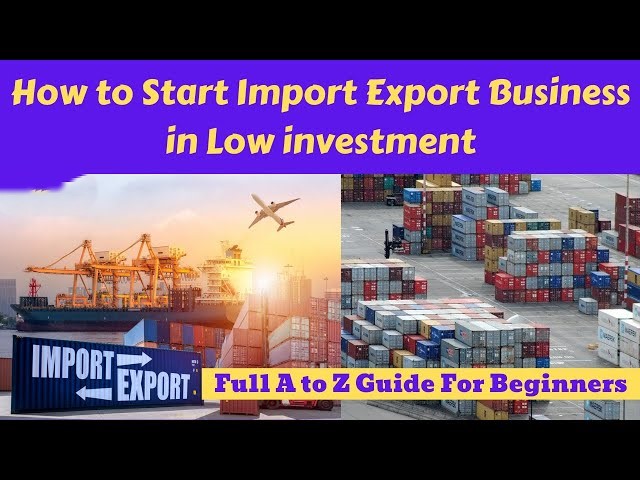
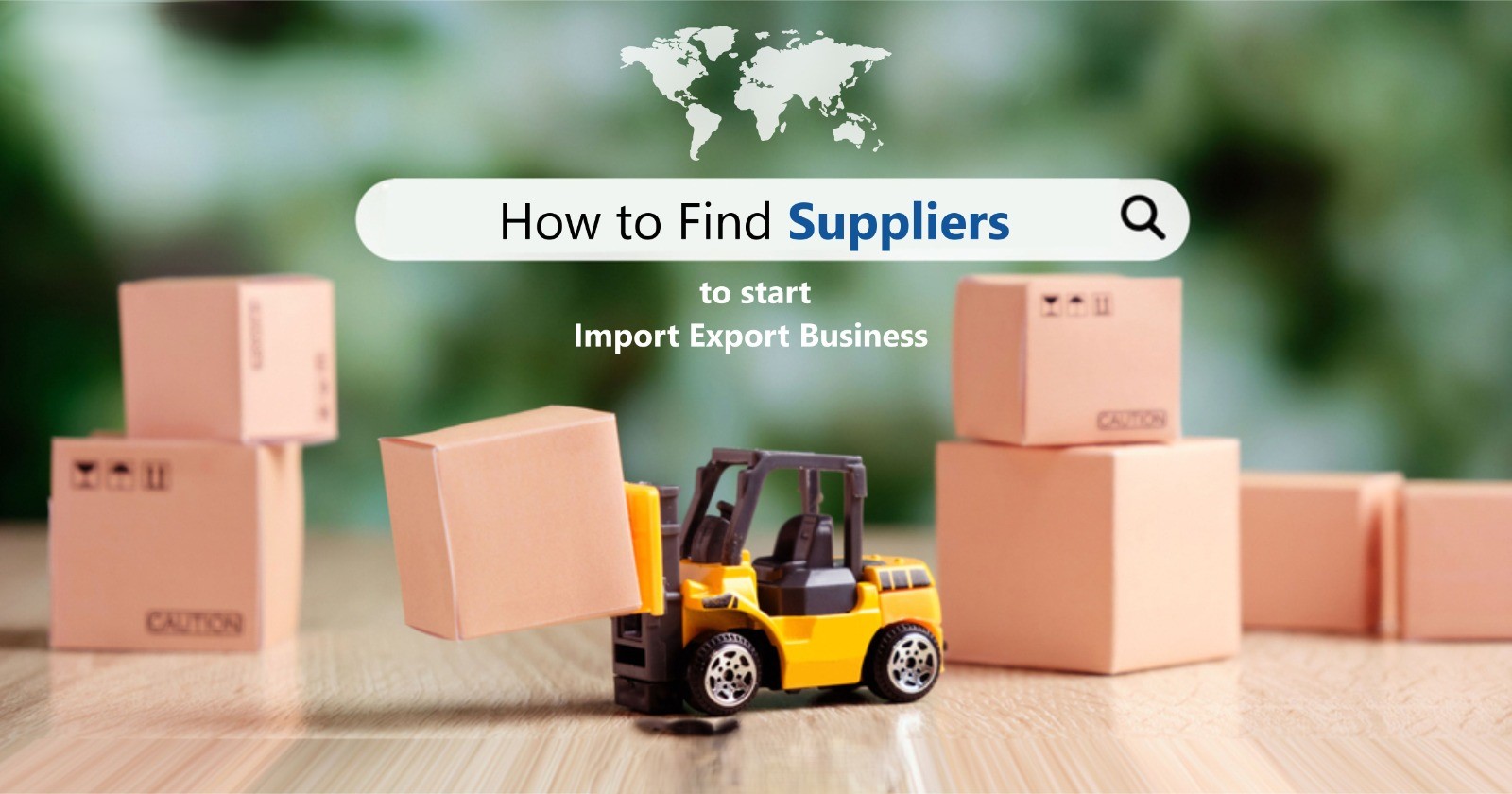

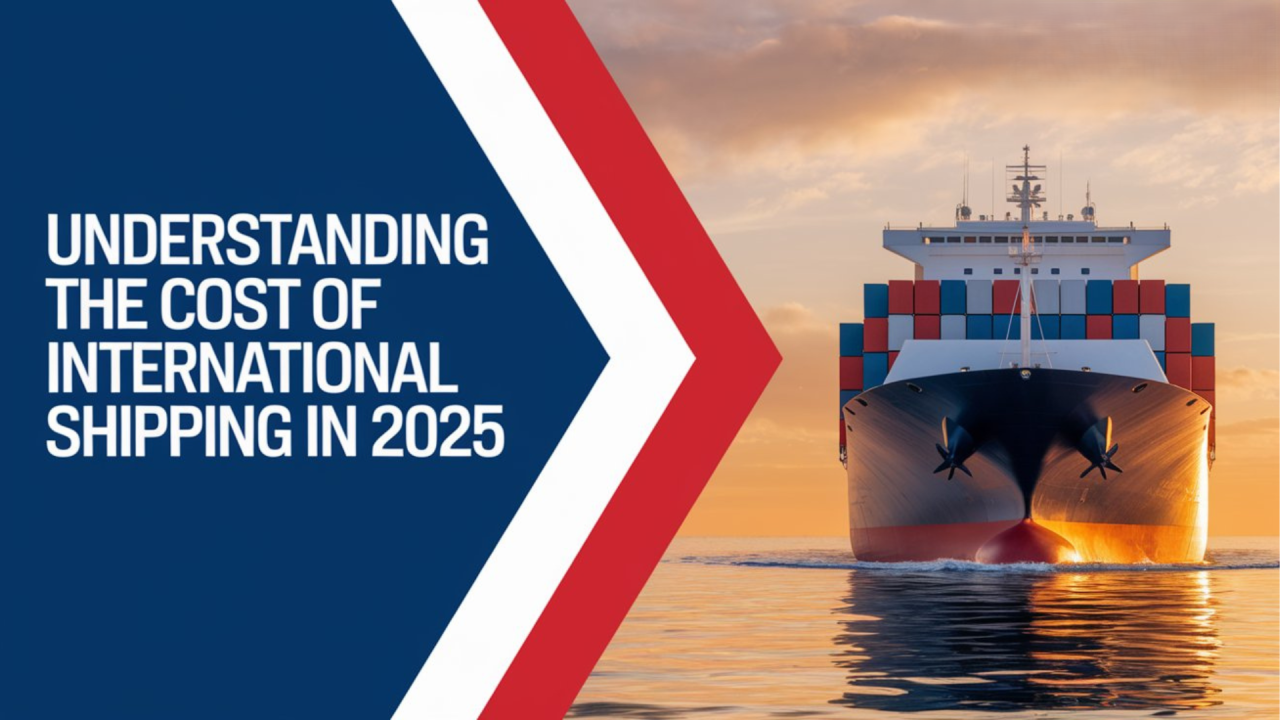

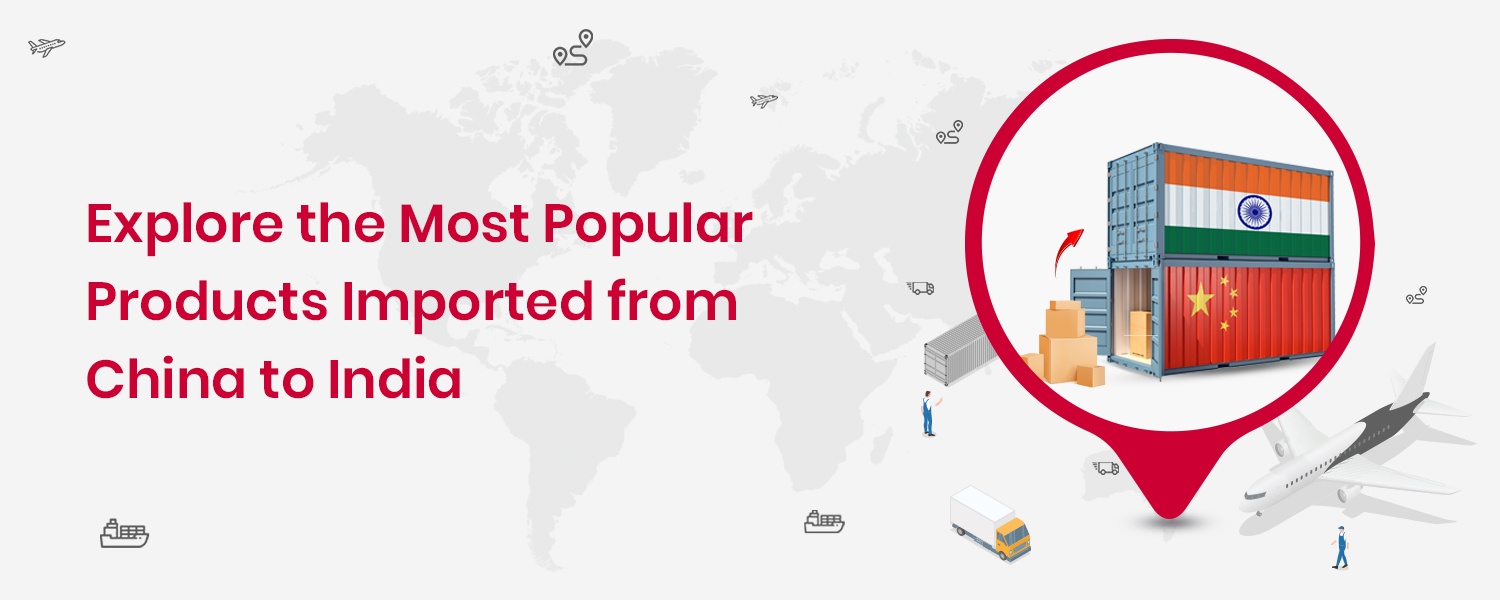
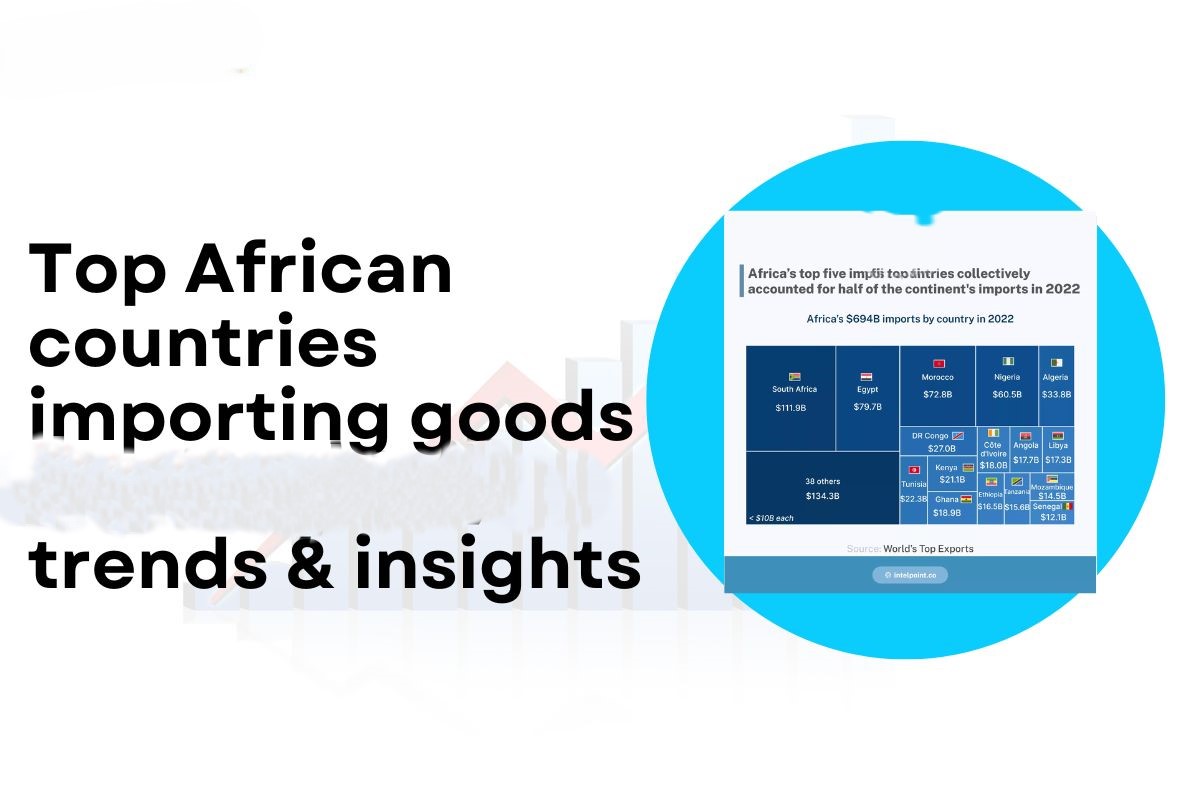

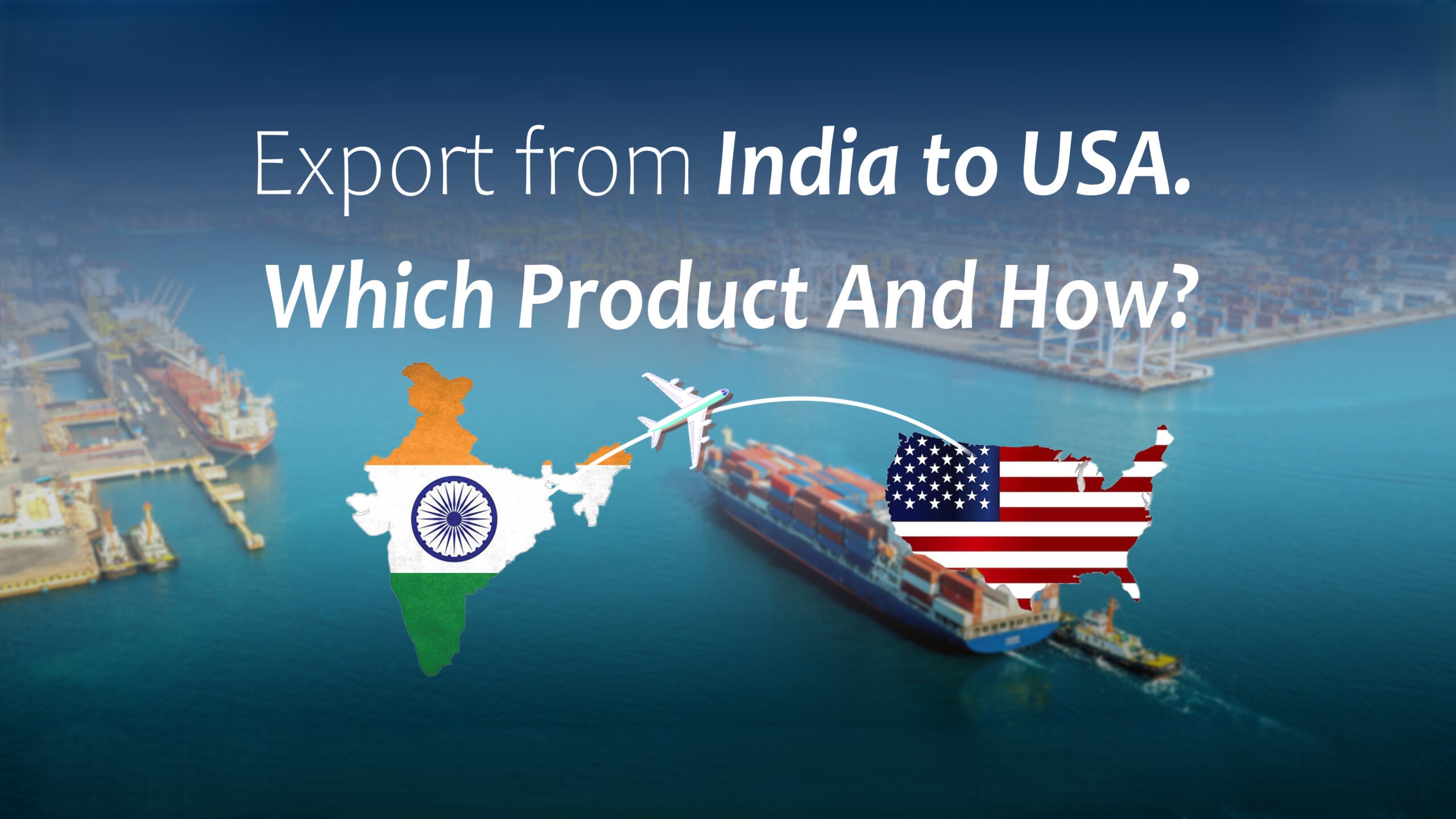
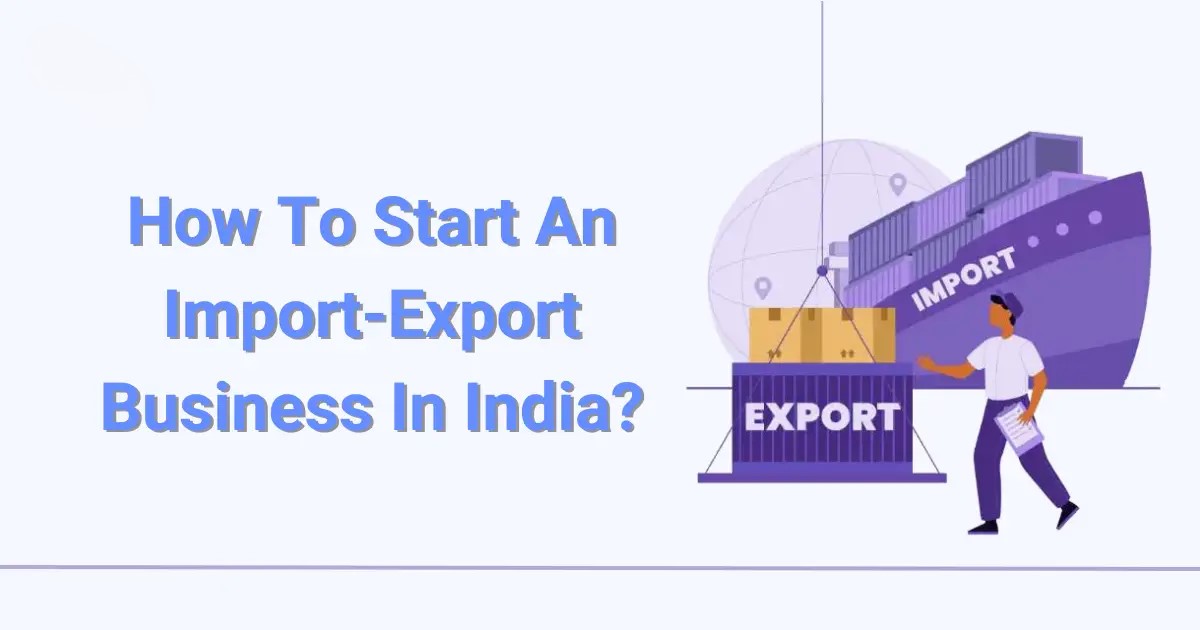



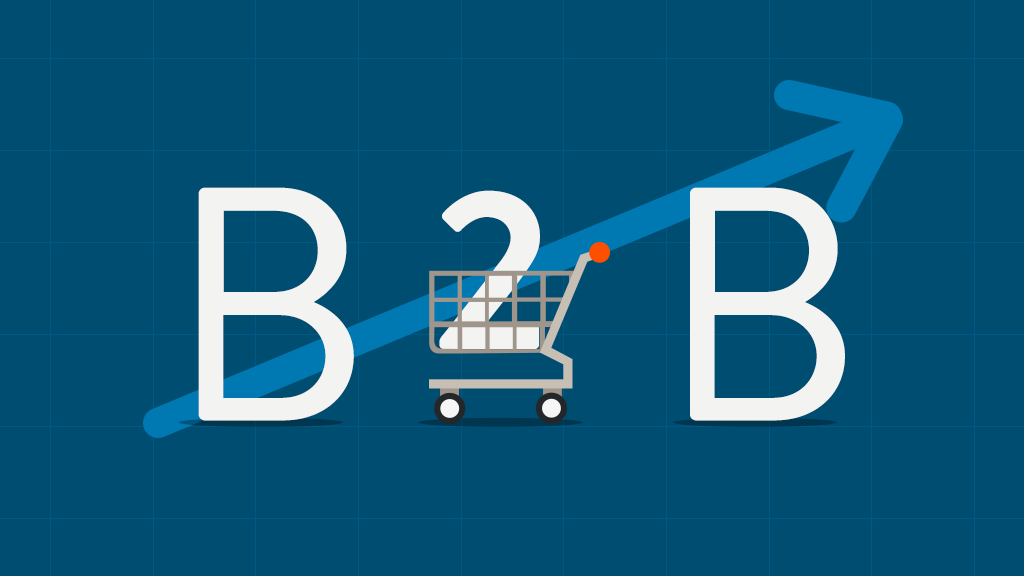
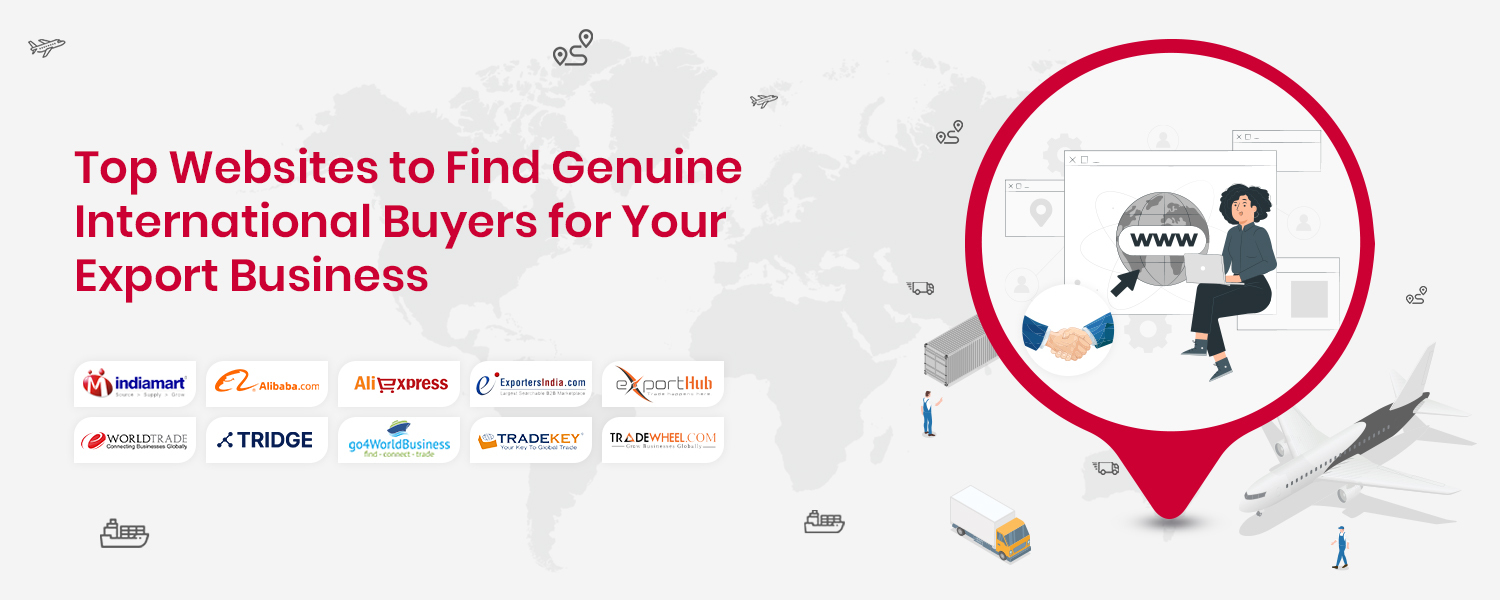
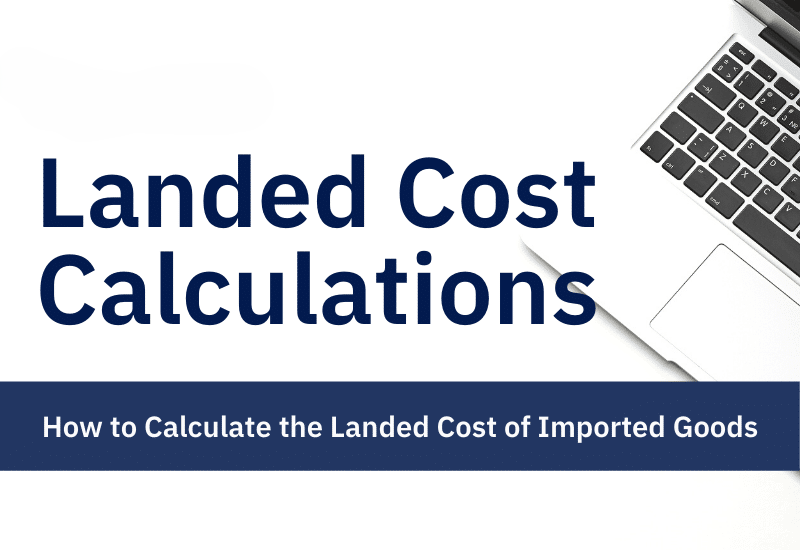
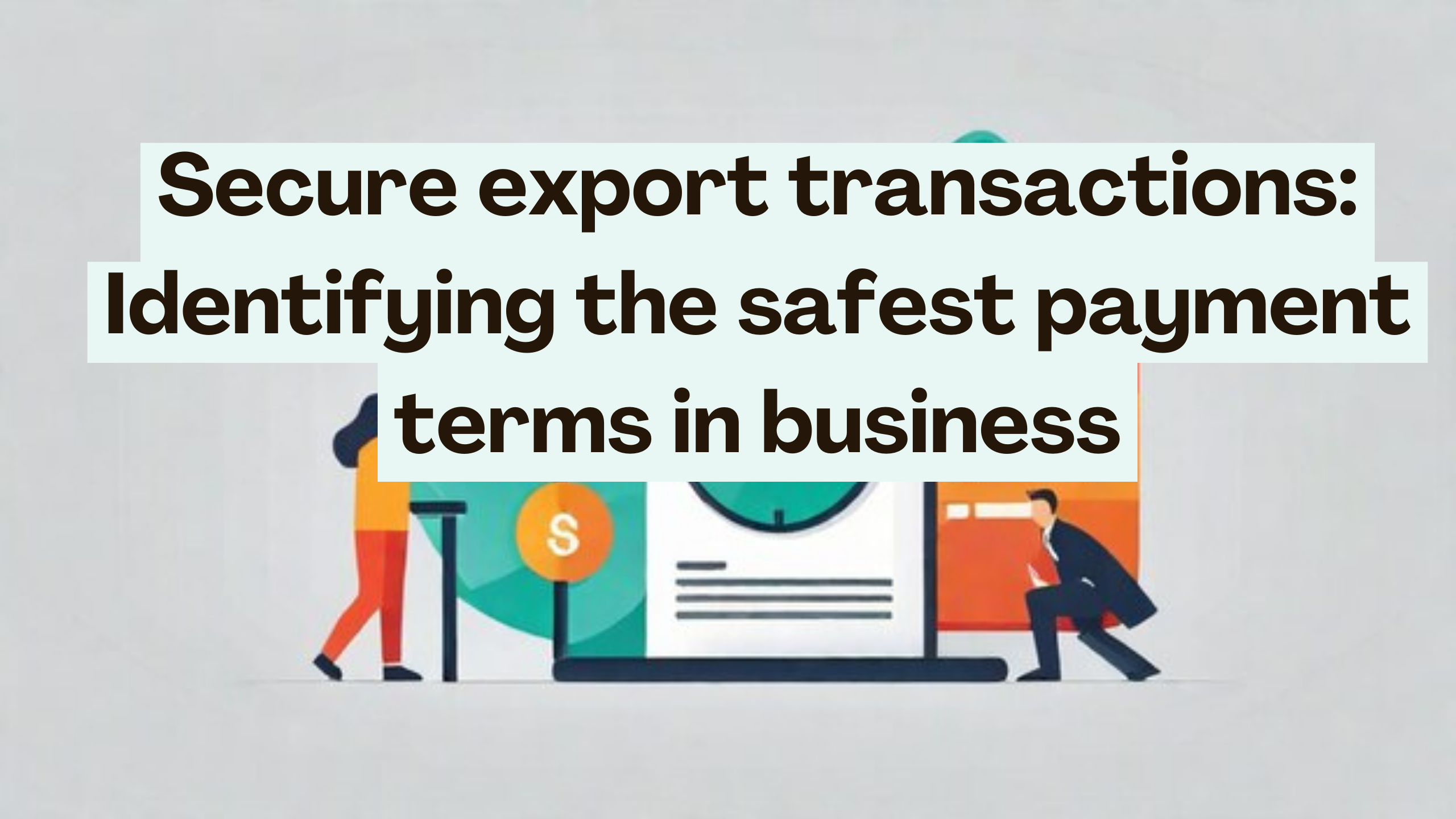

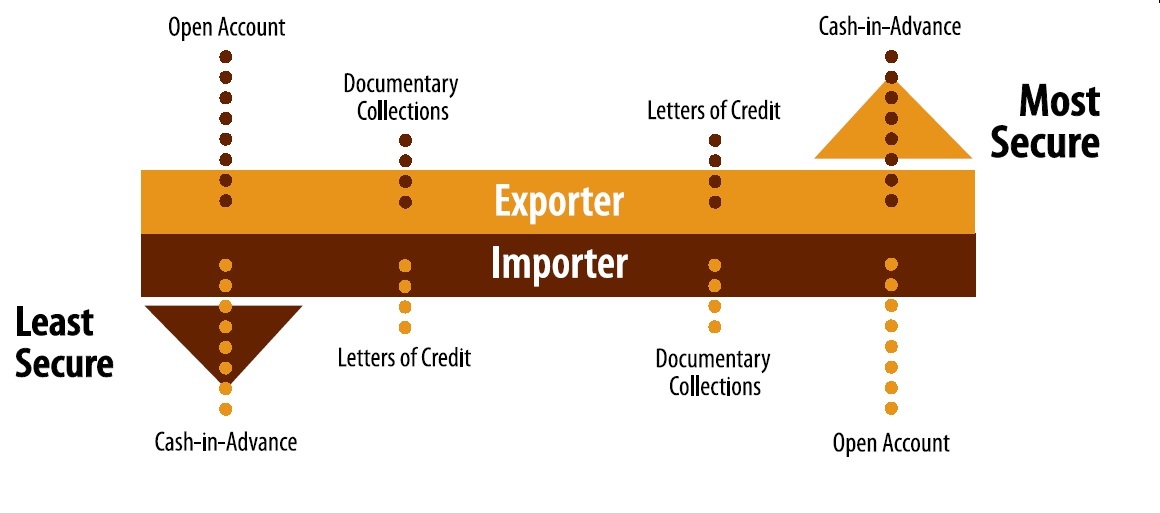
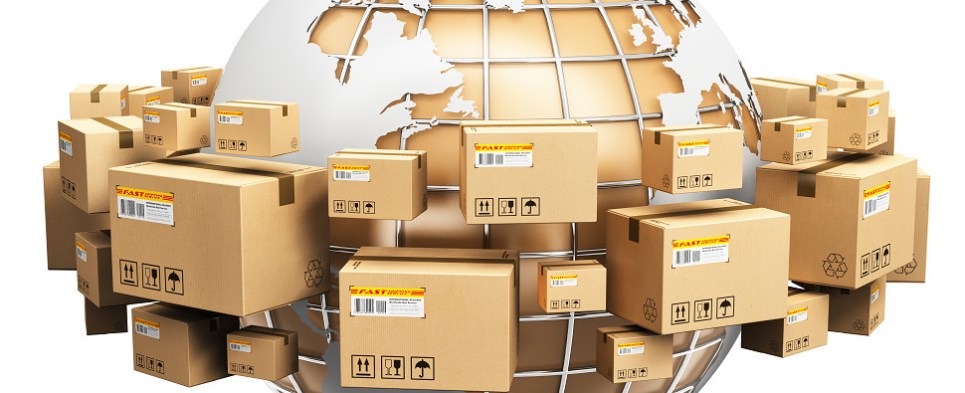
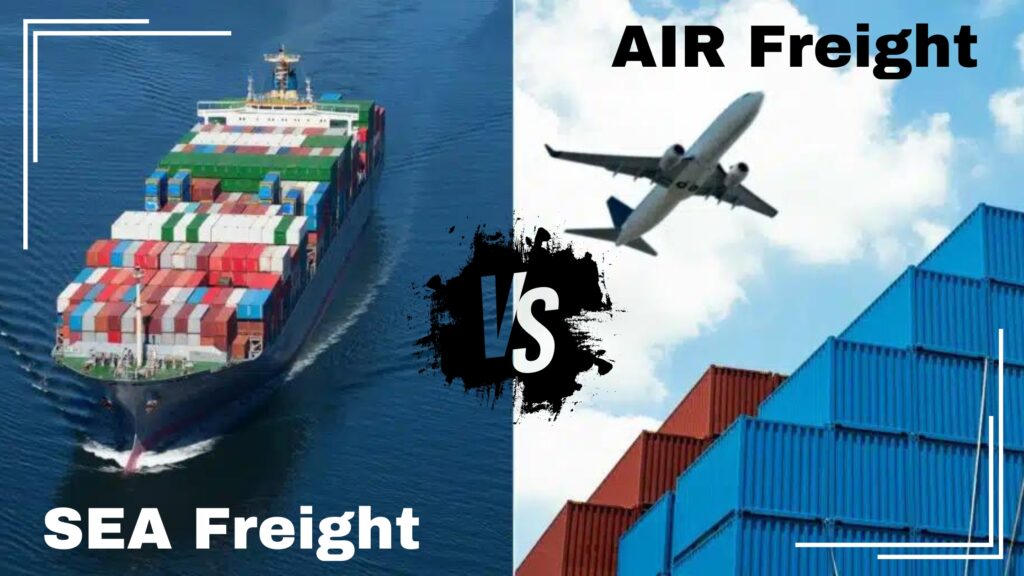

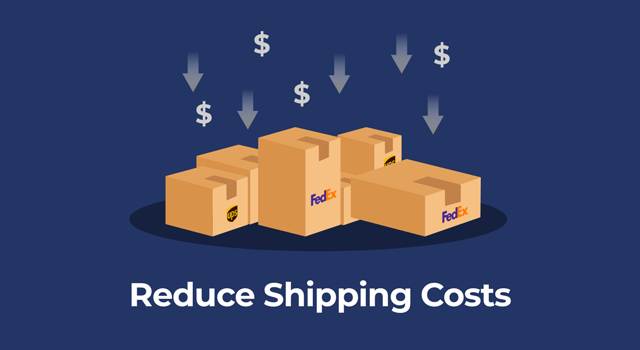


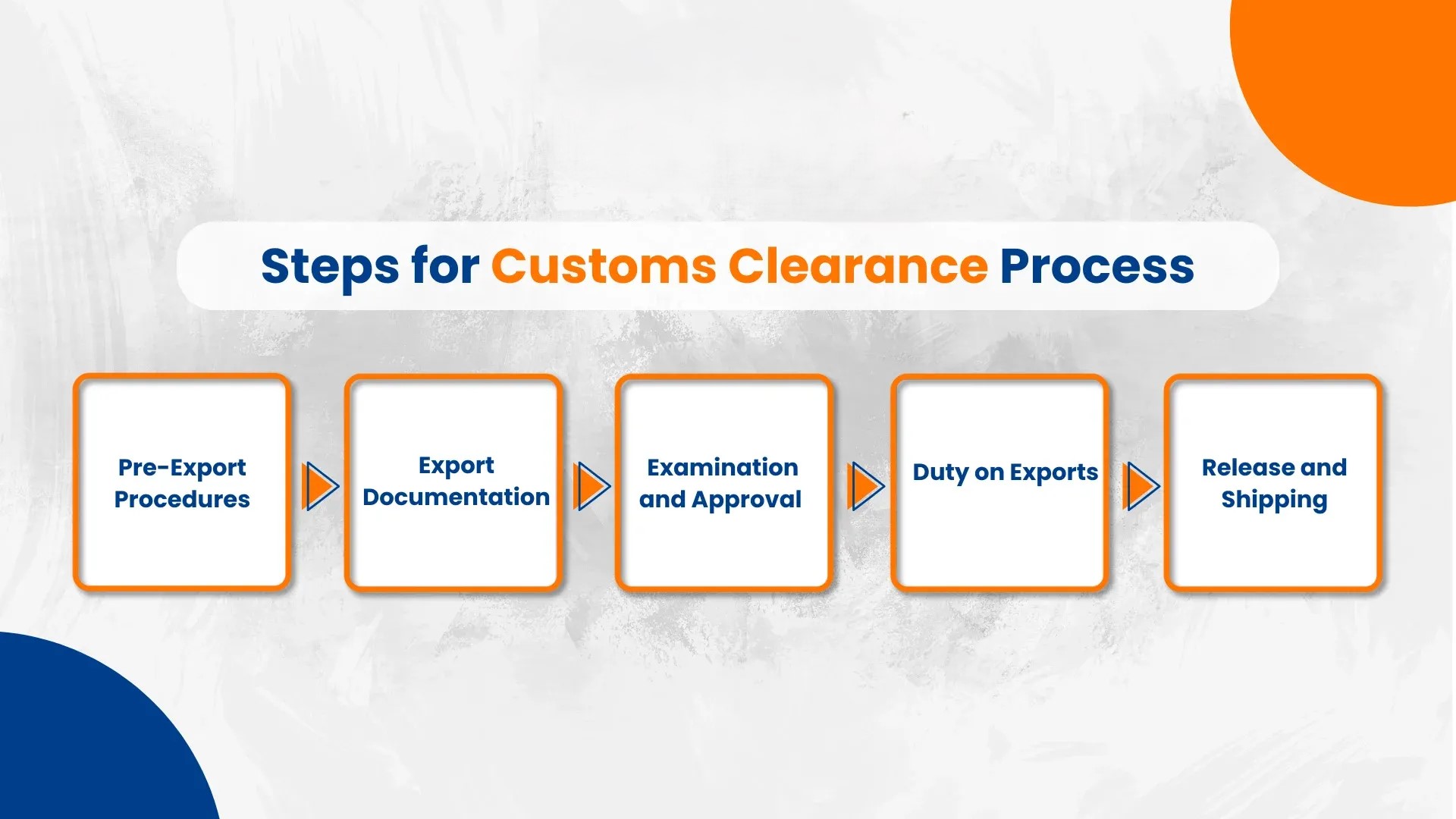



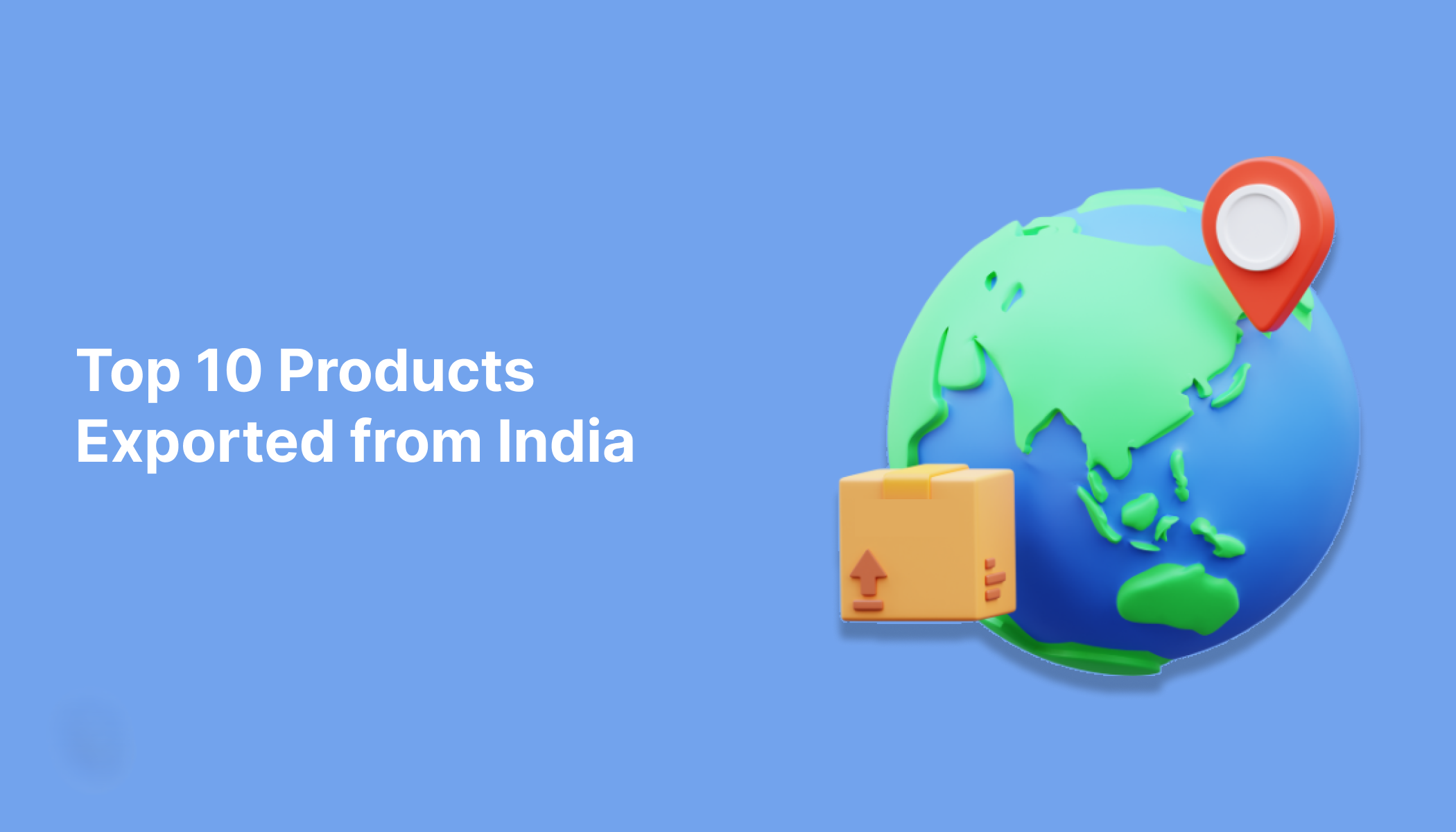
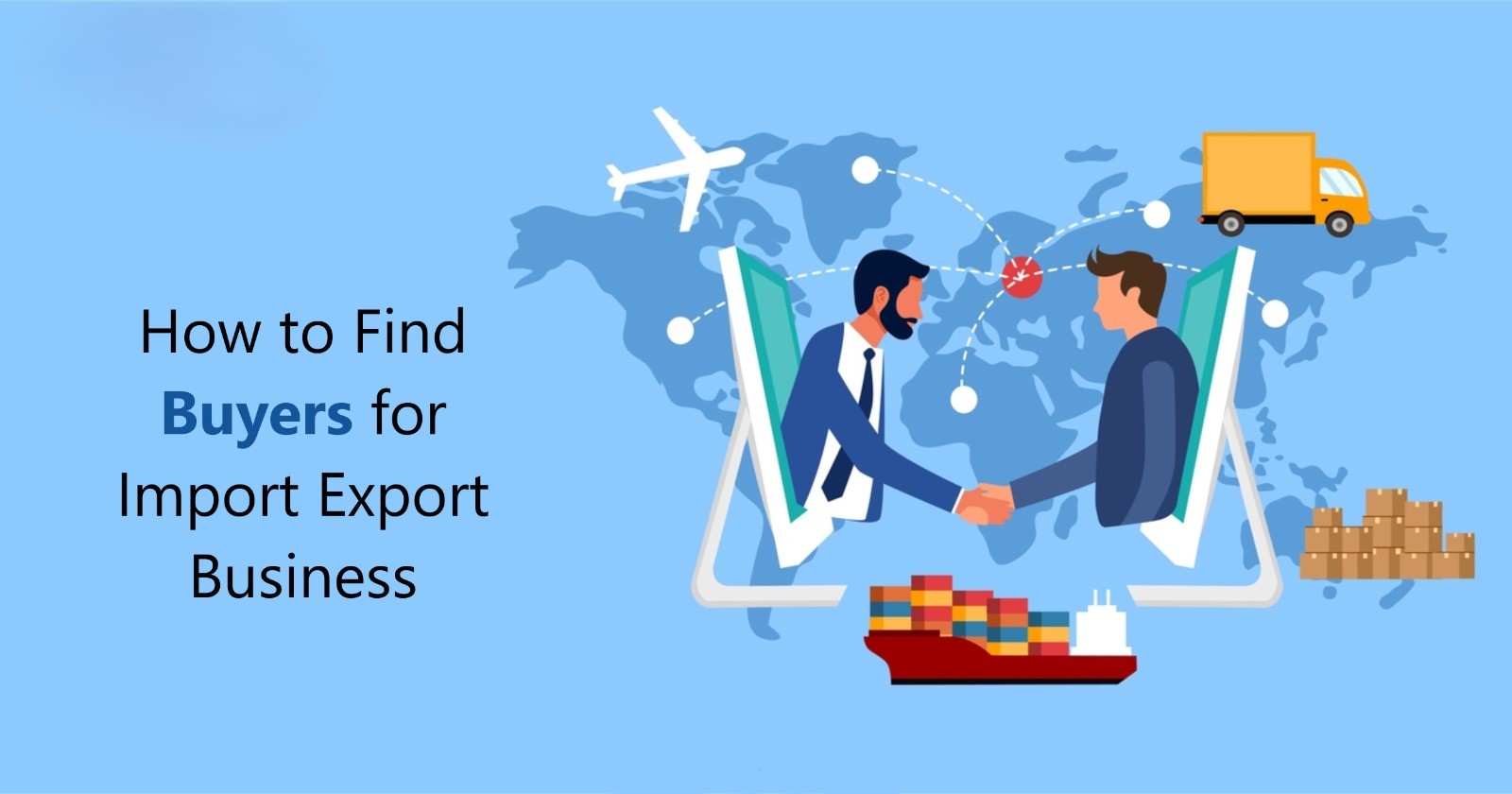
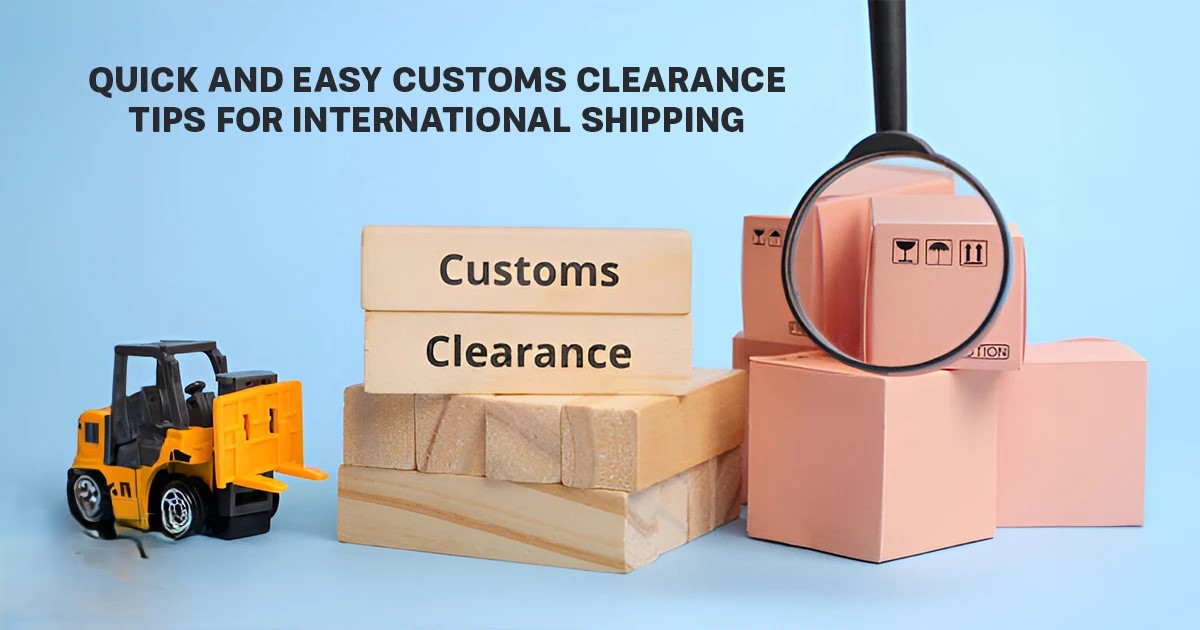
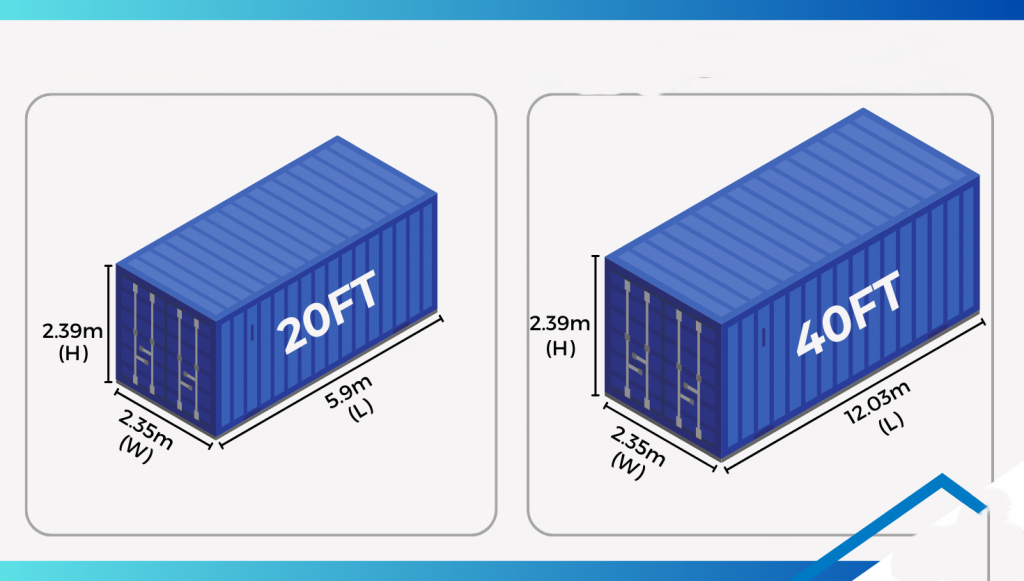
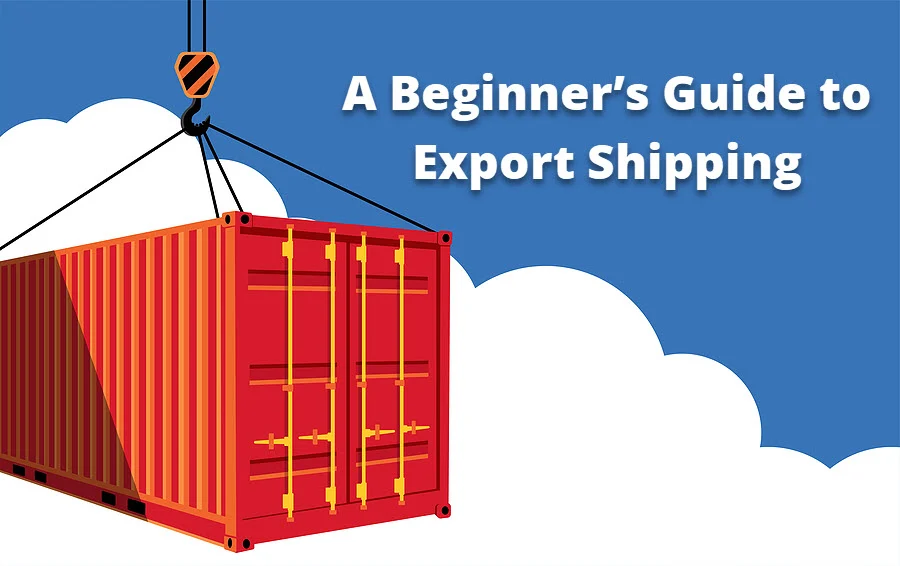
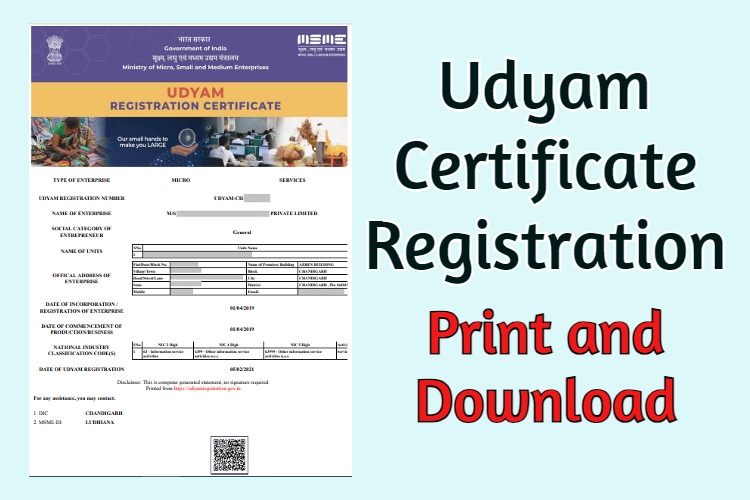
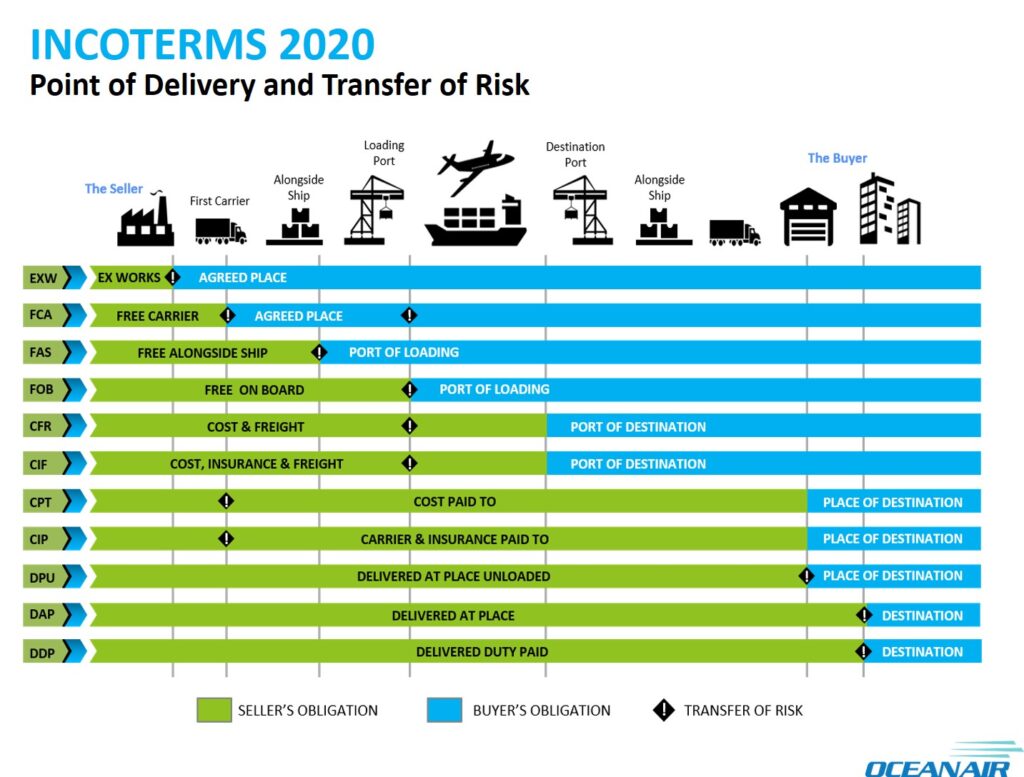
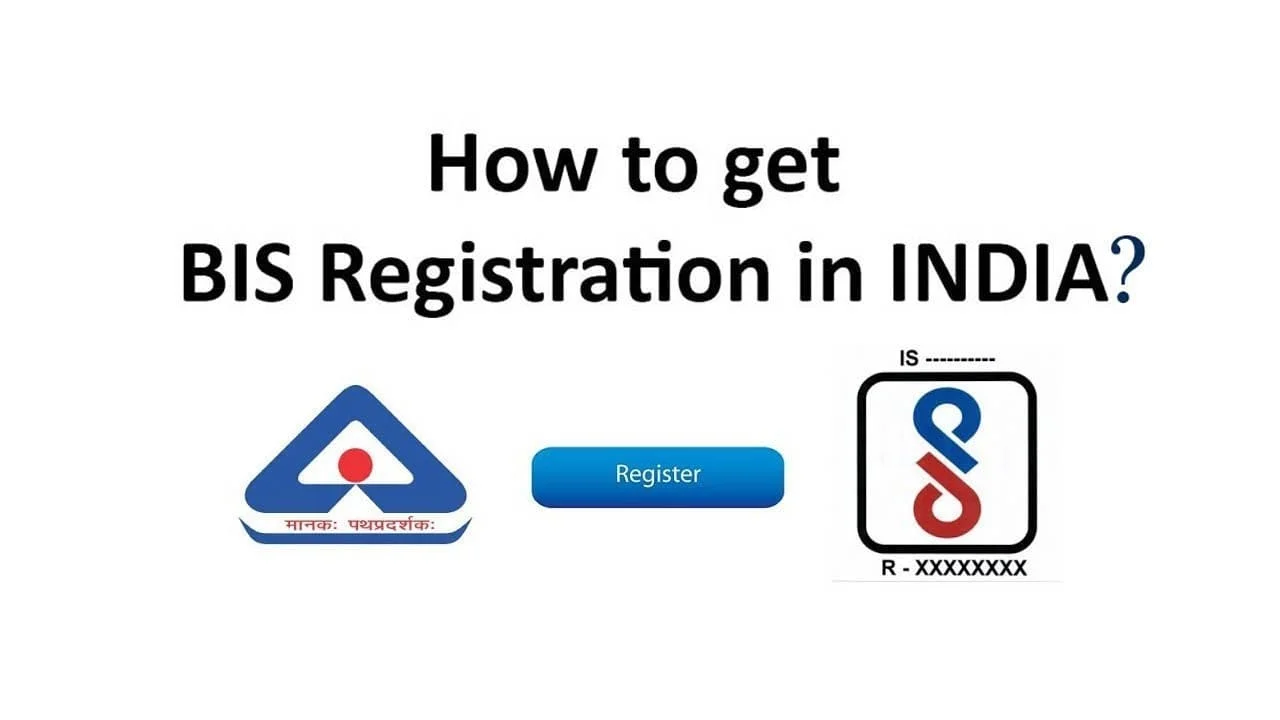
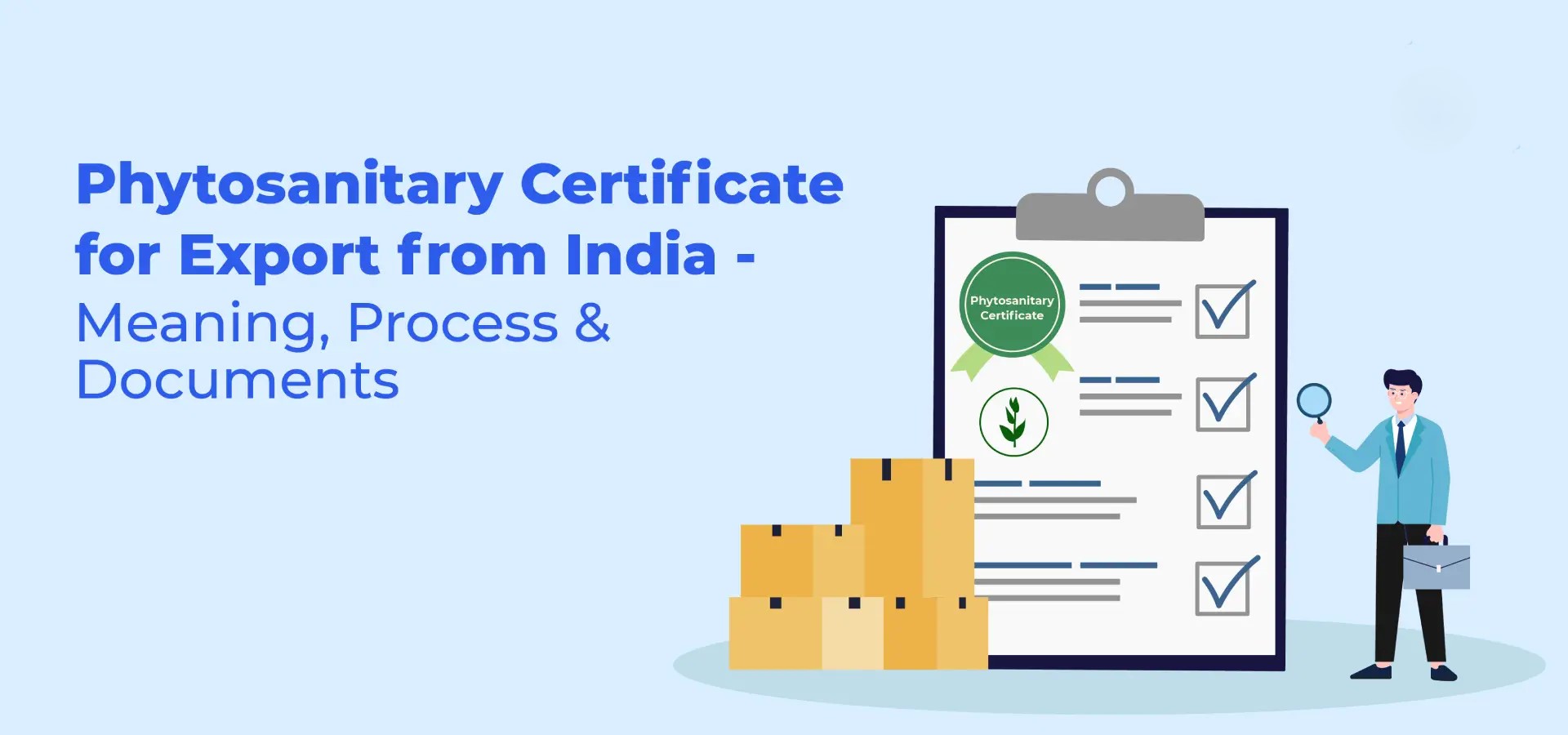
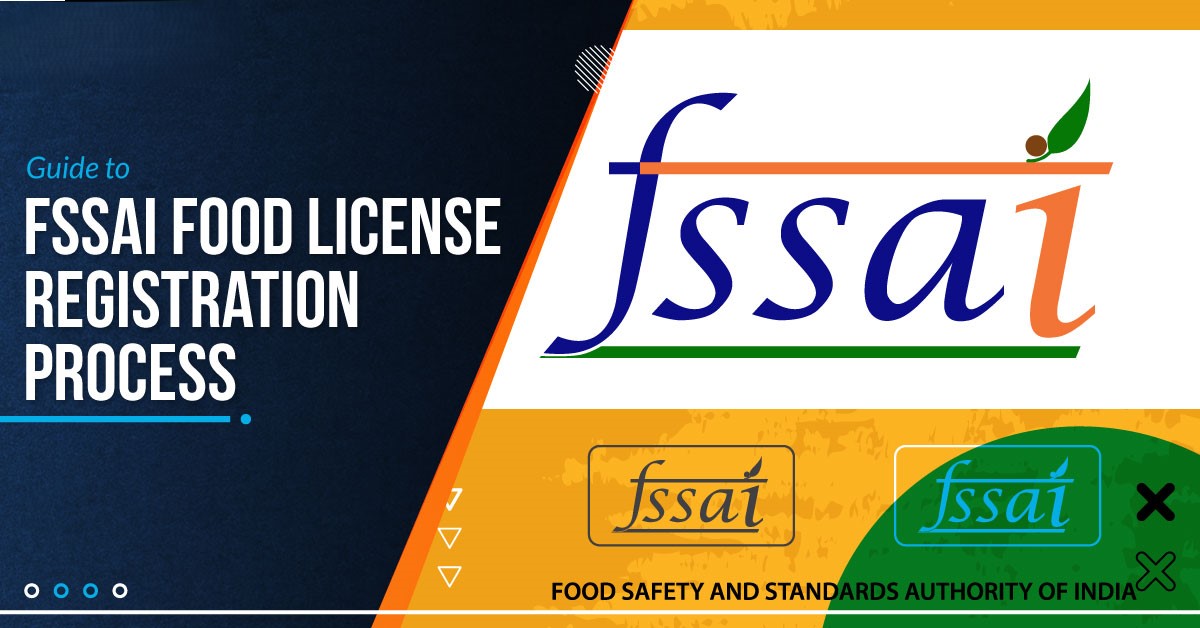
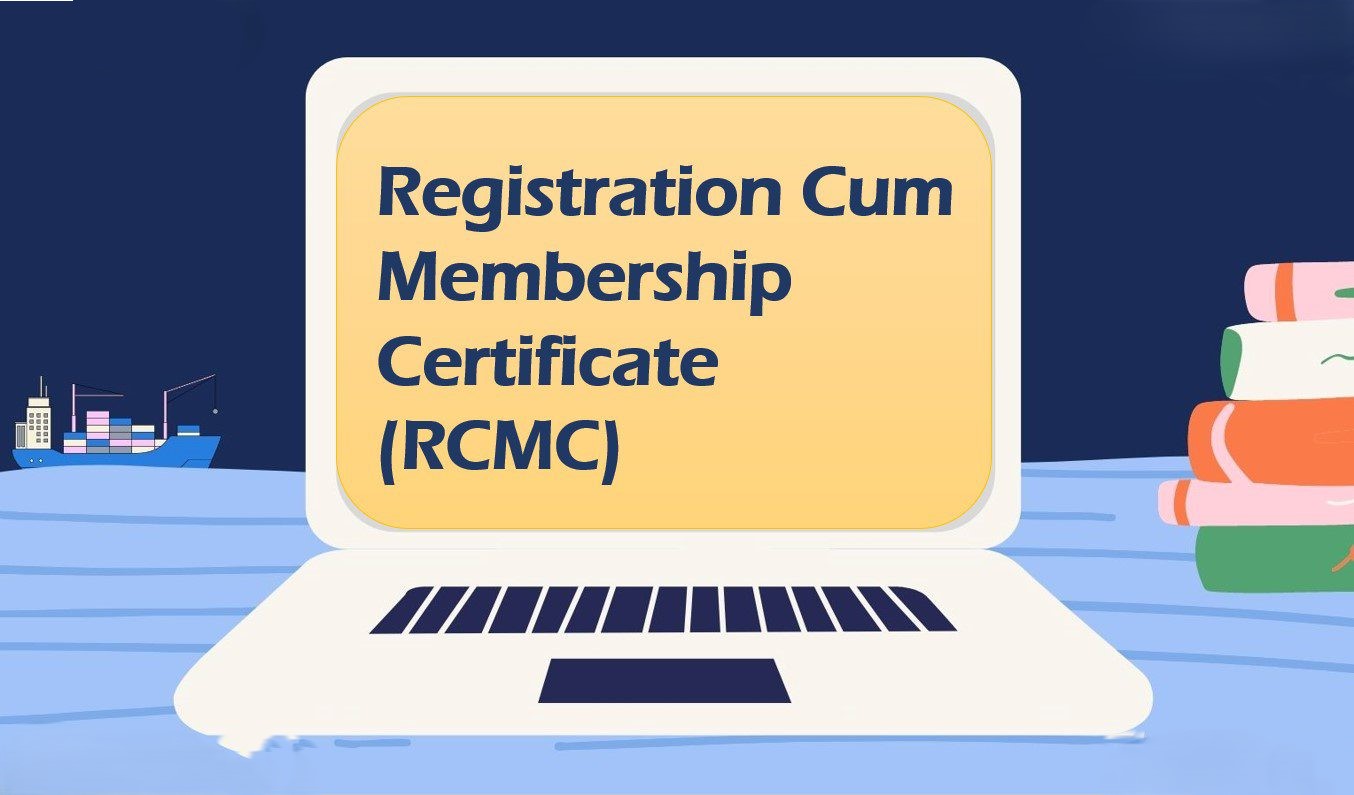
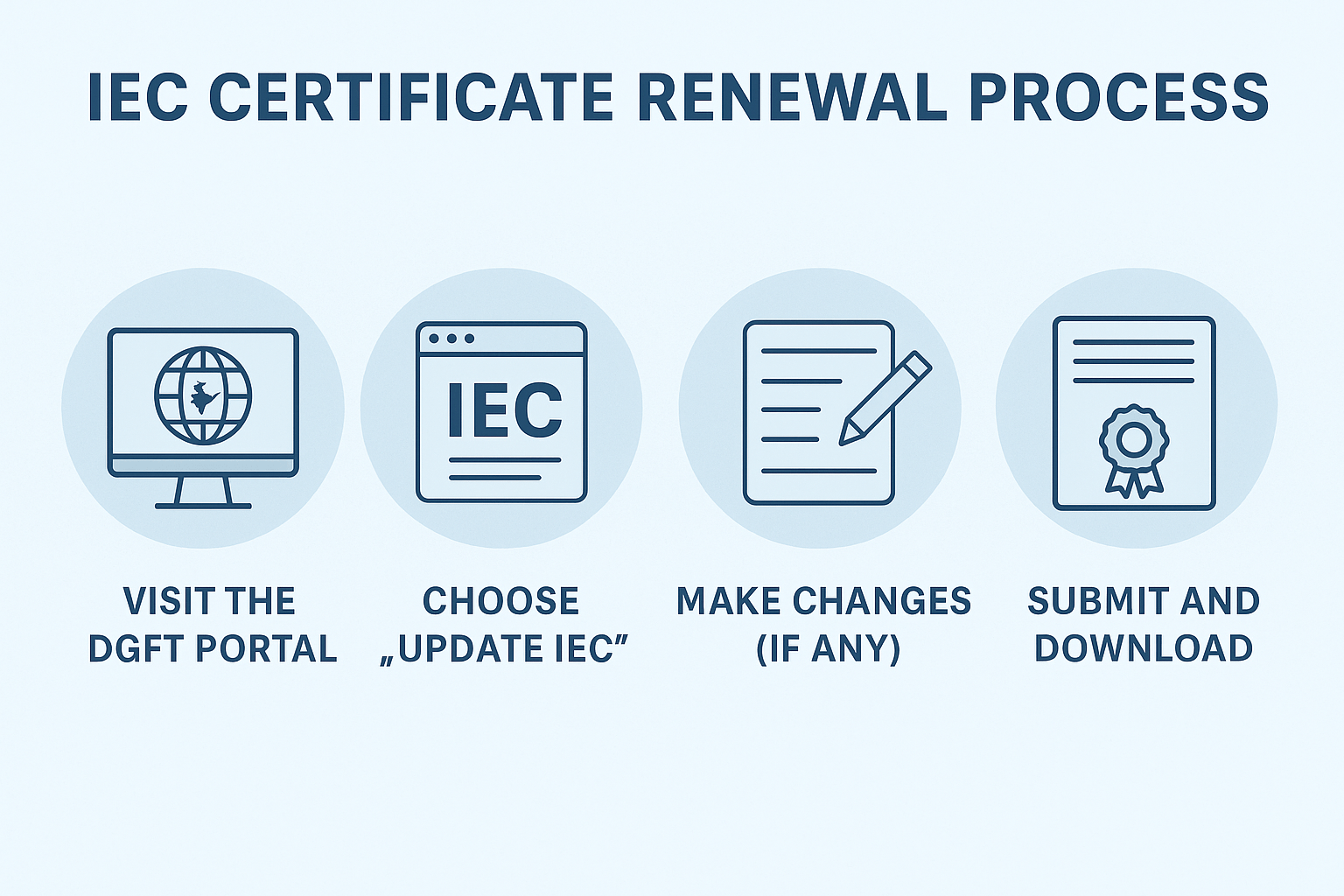
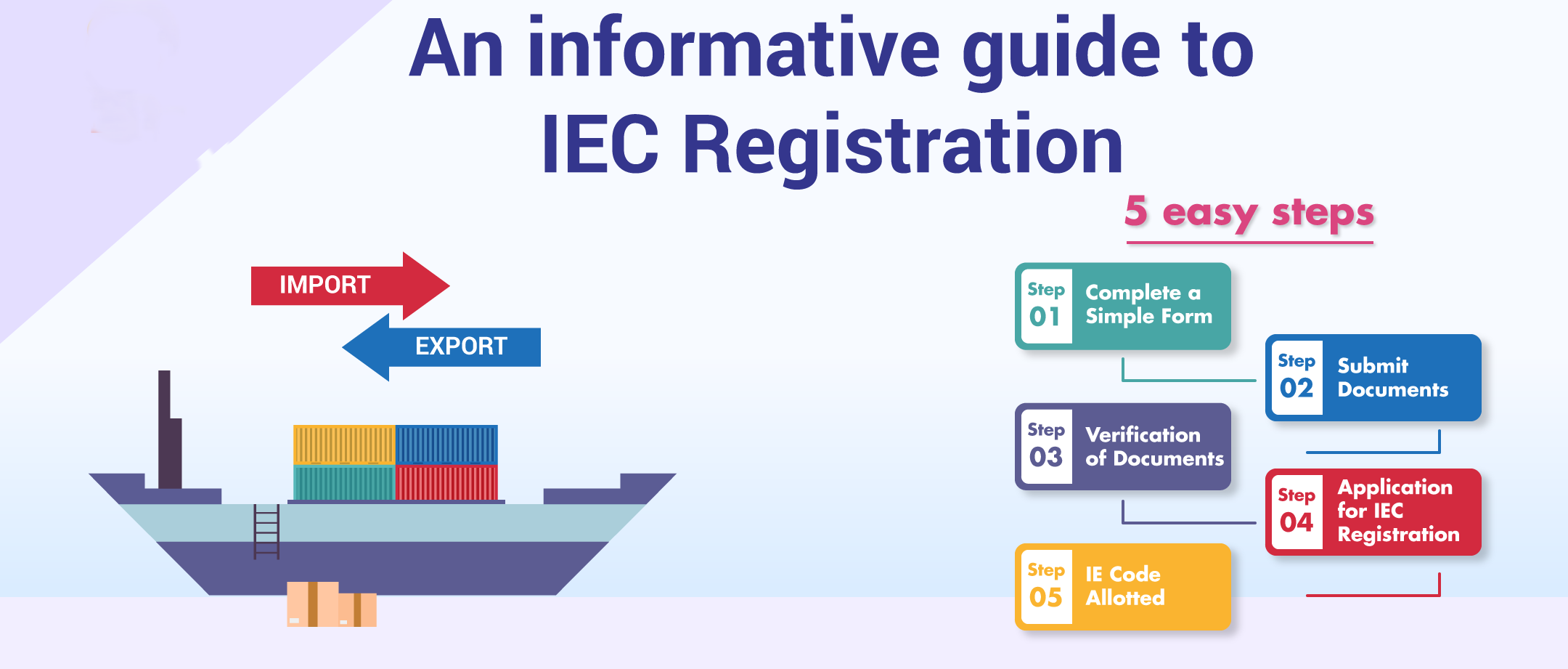
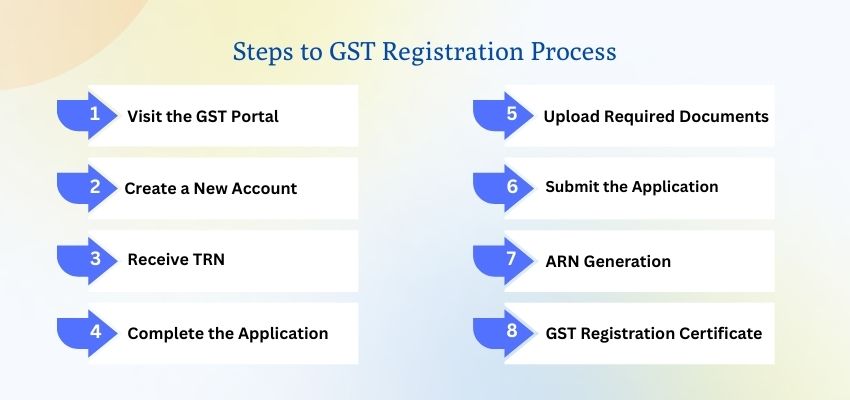
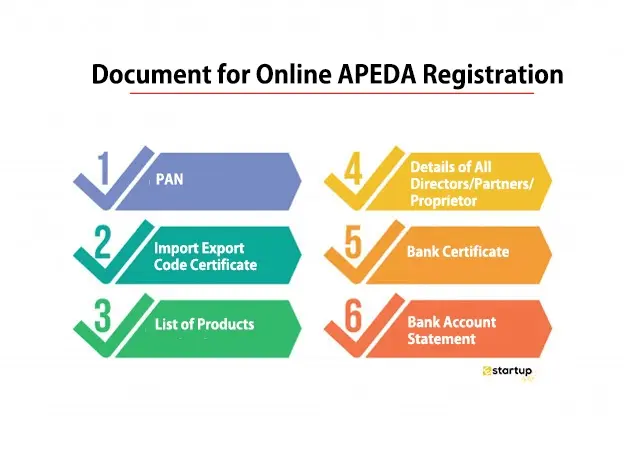
Comments
Add new comment